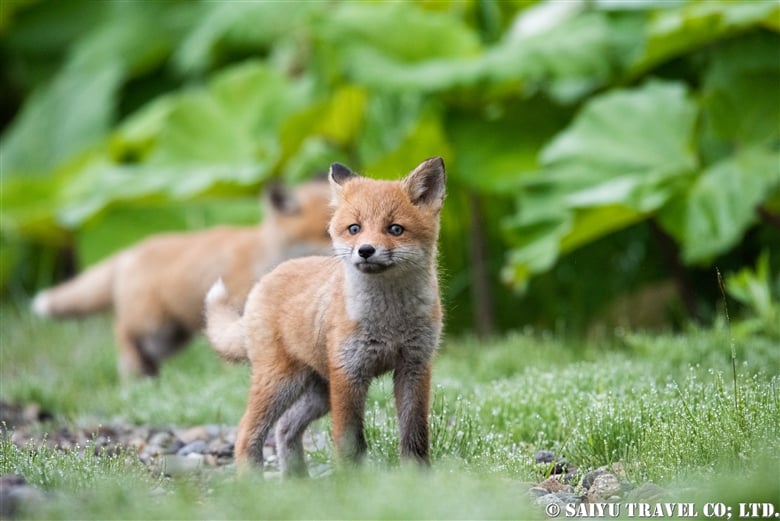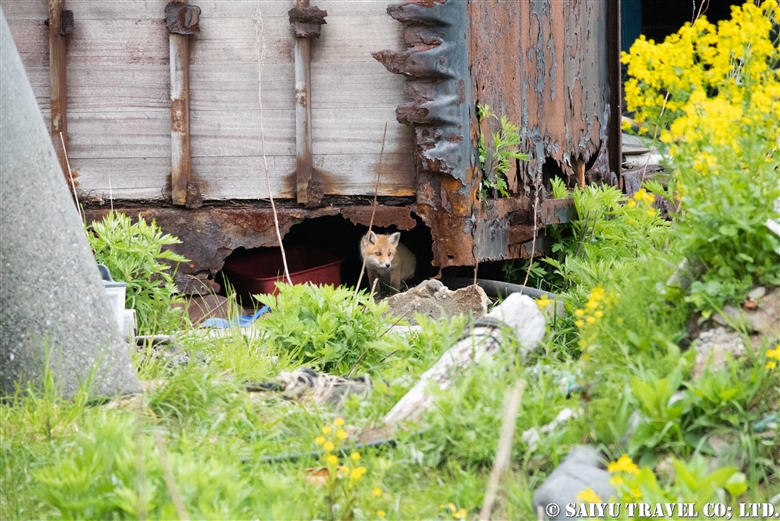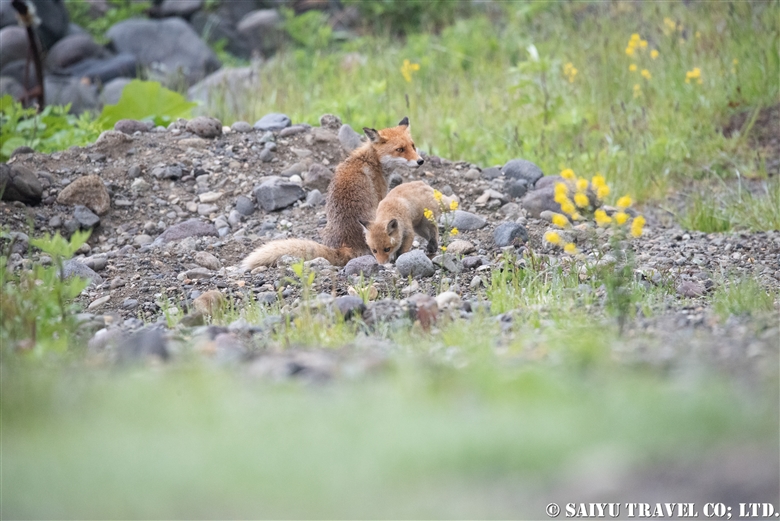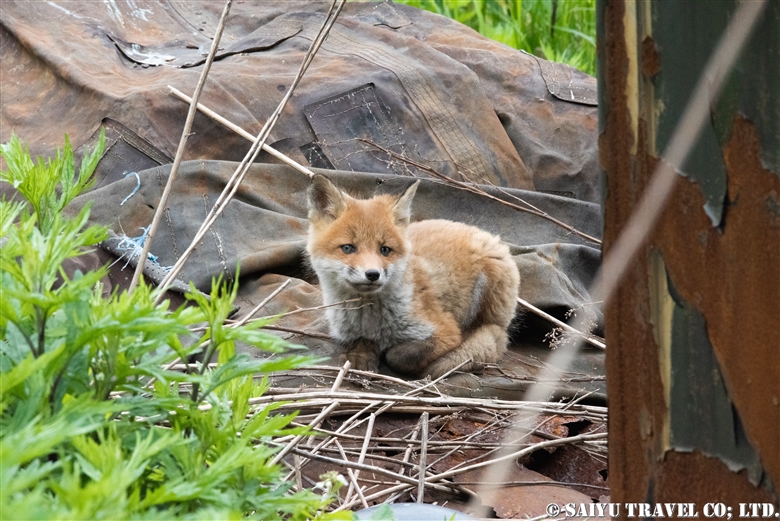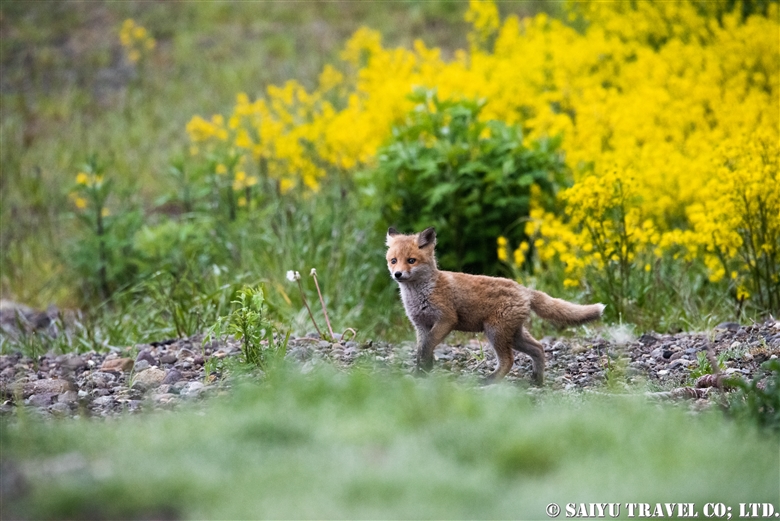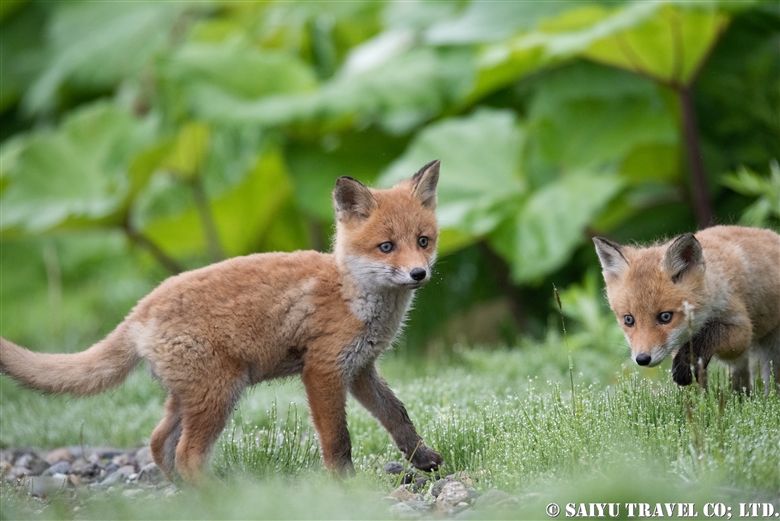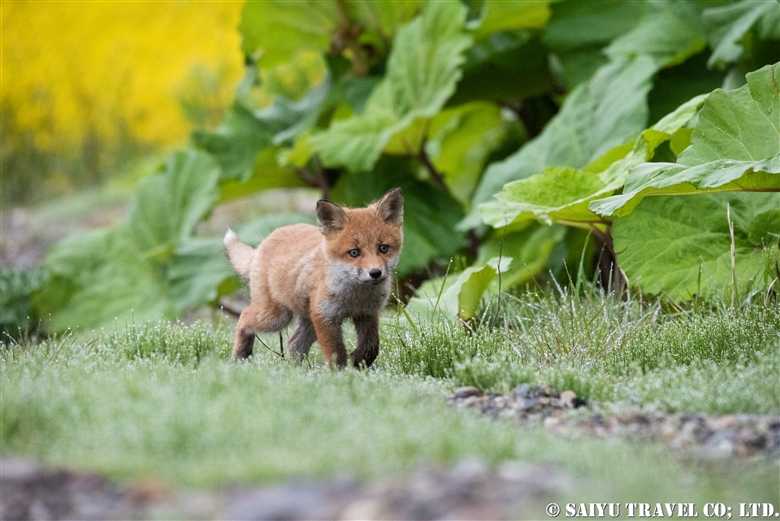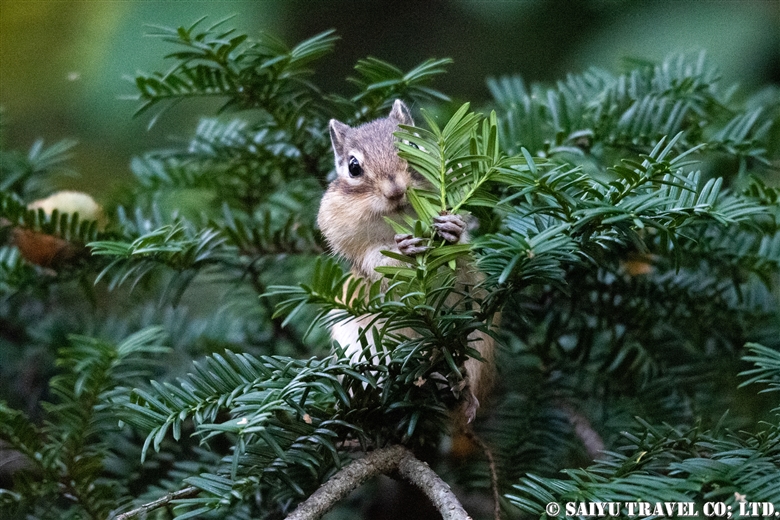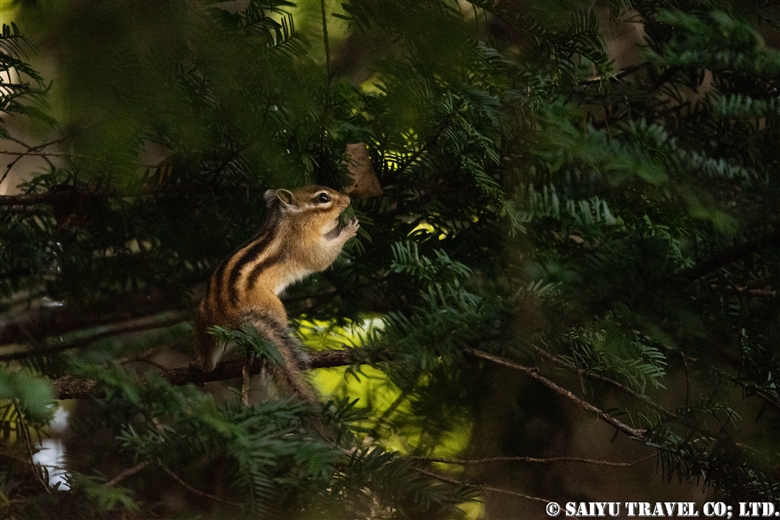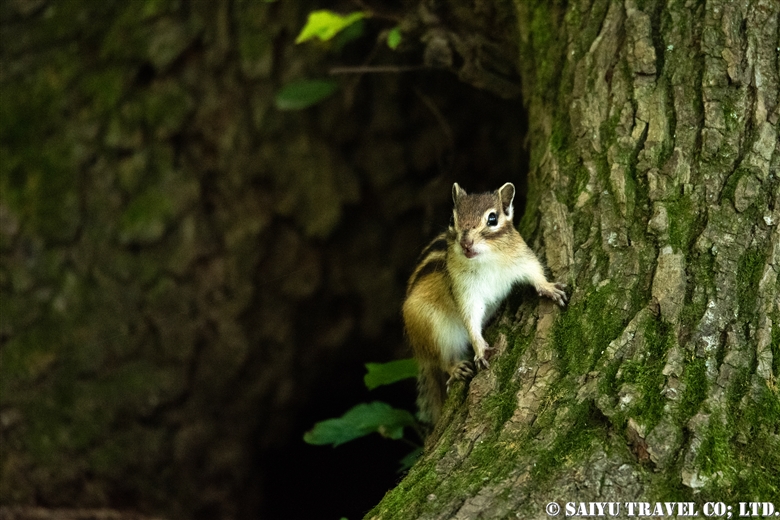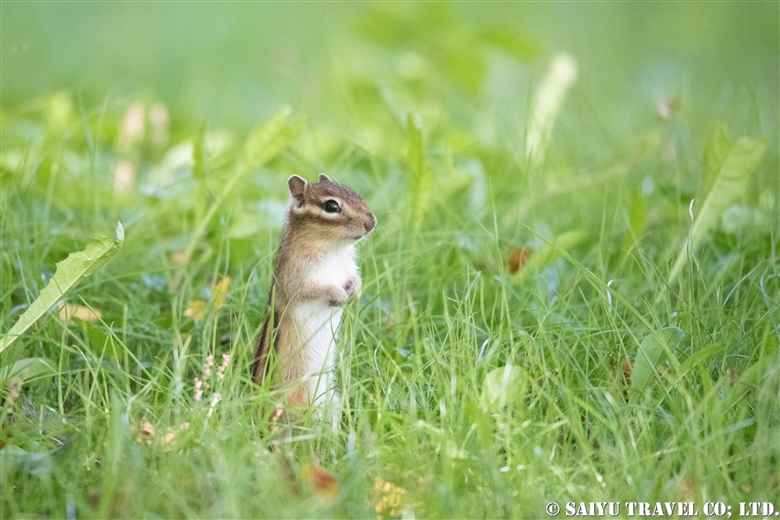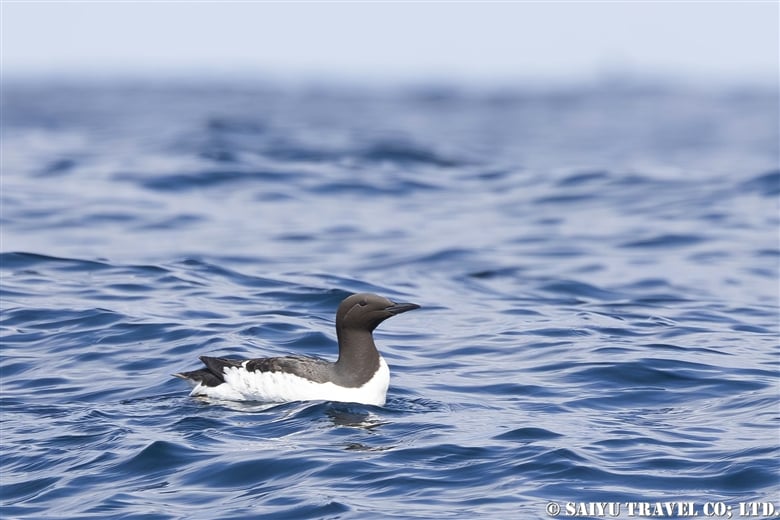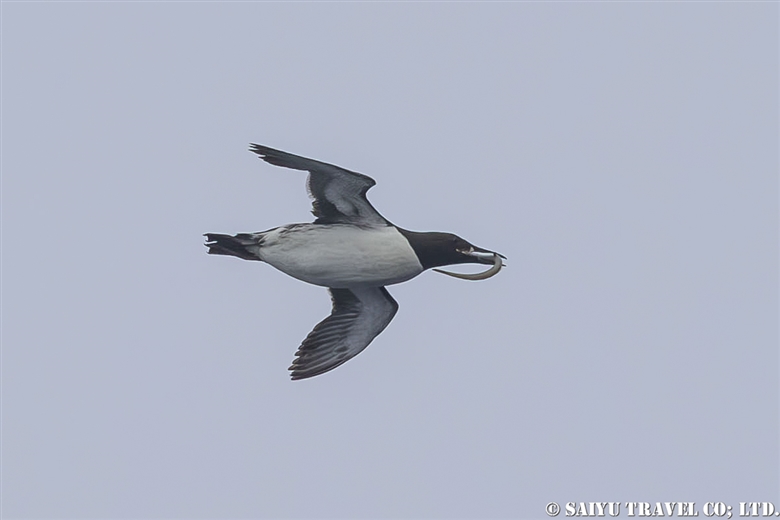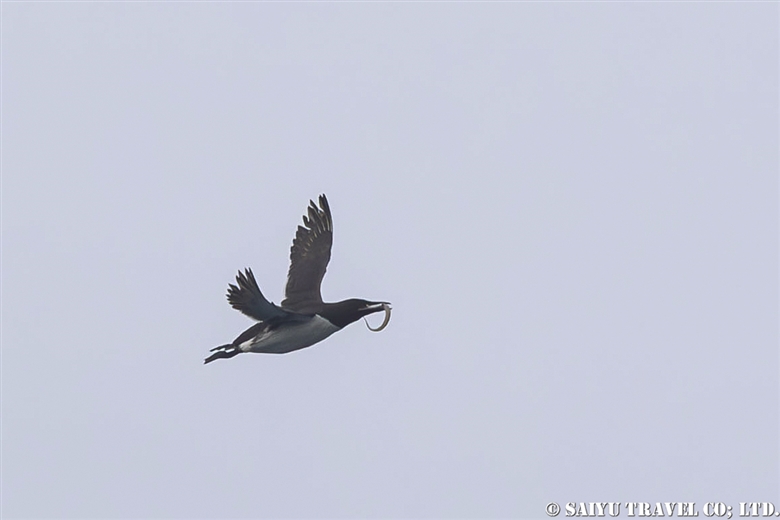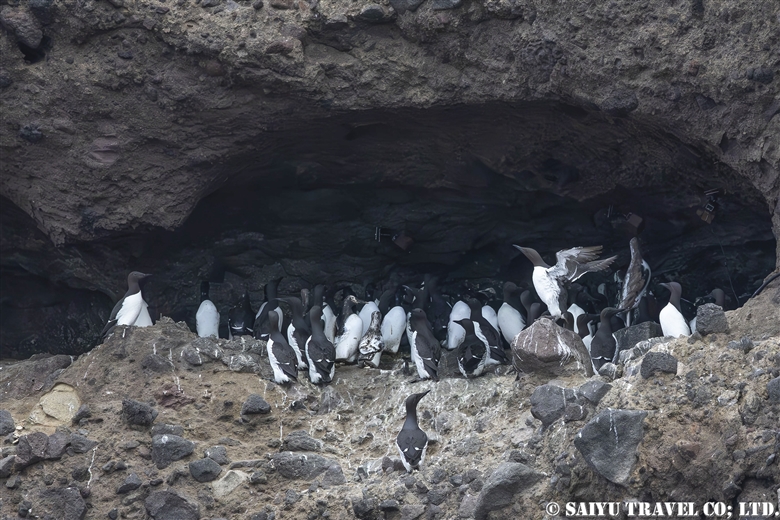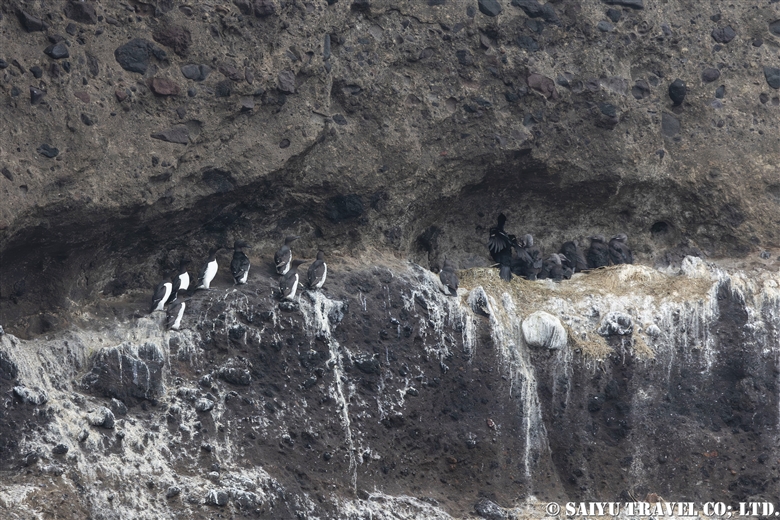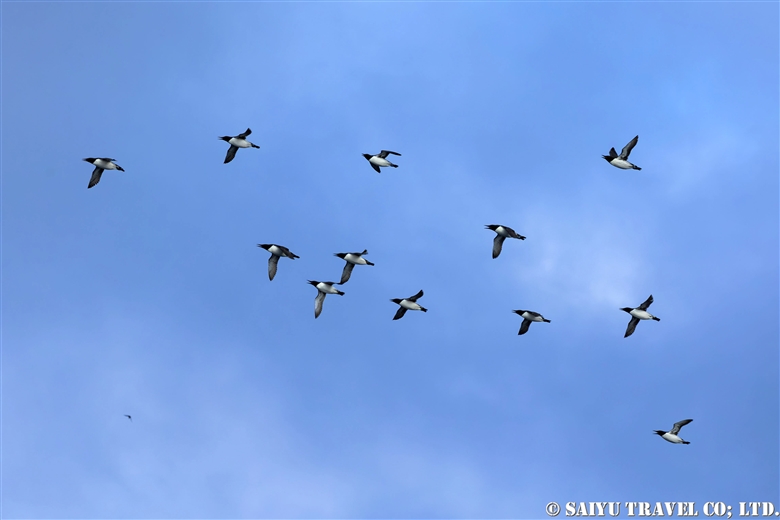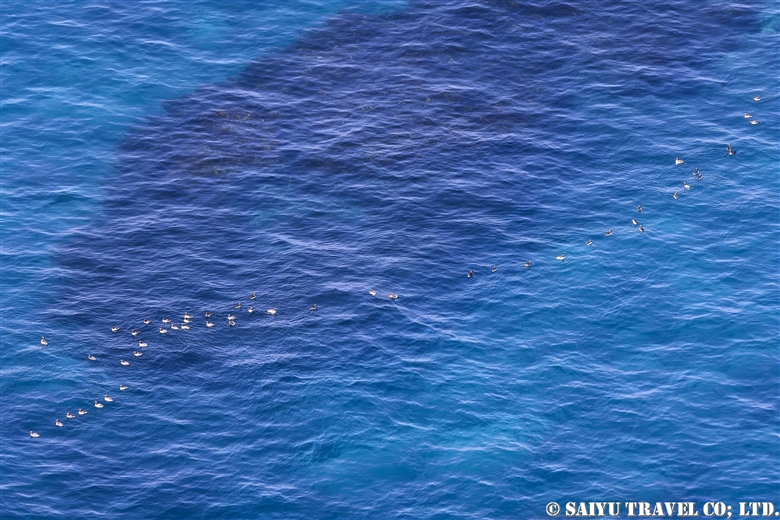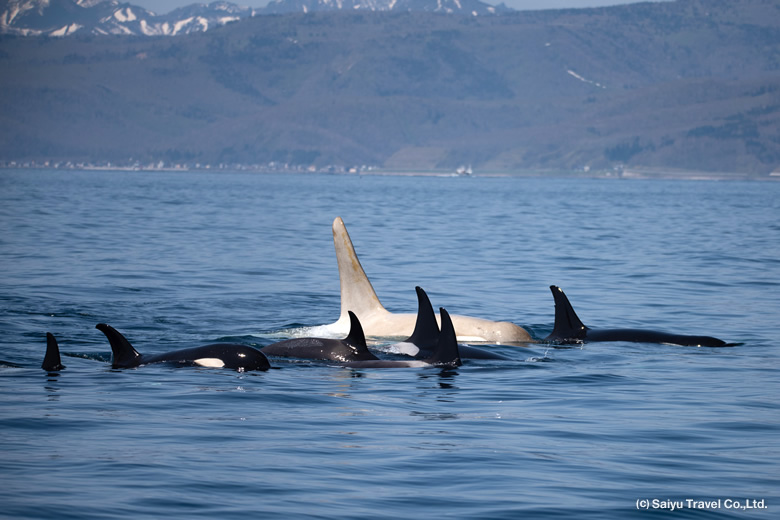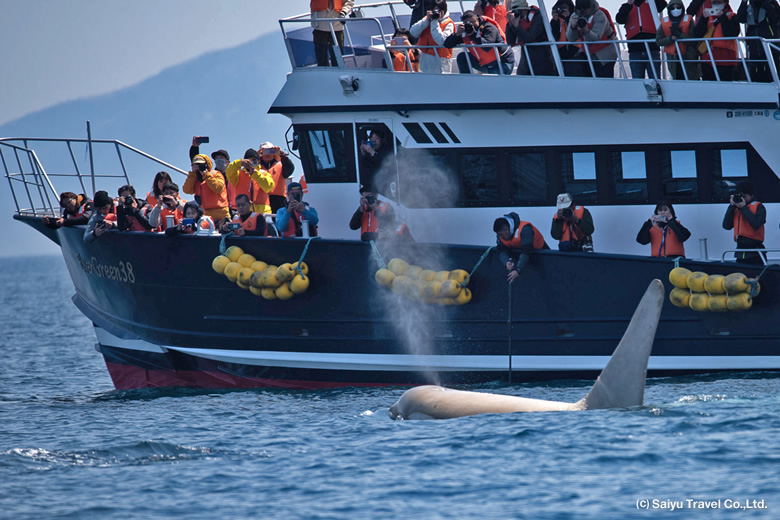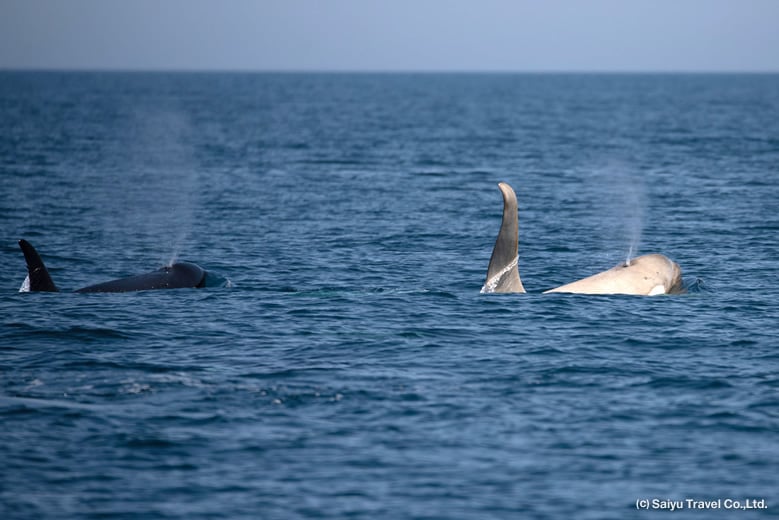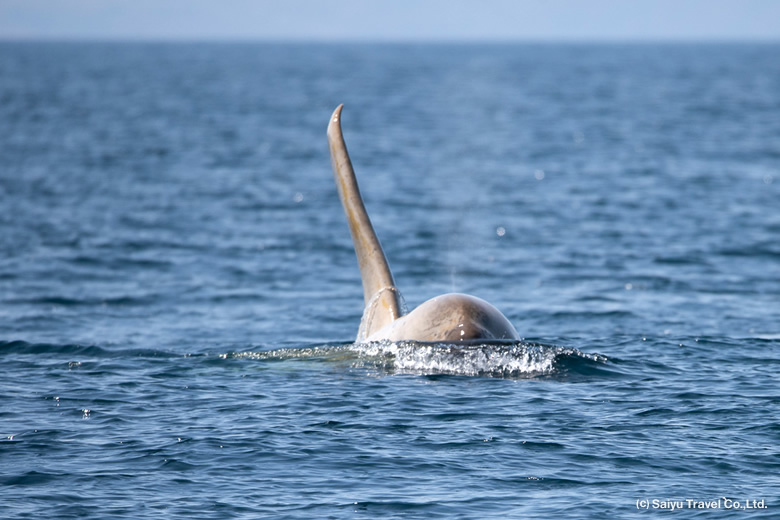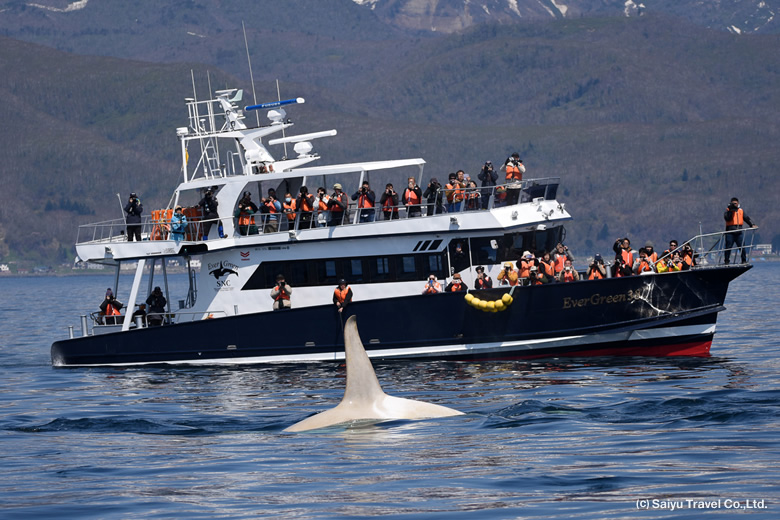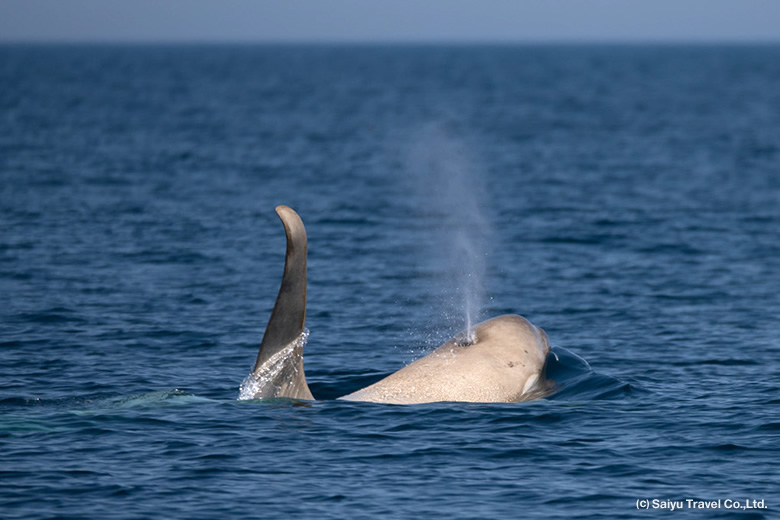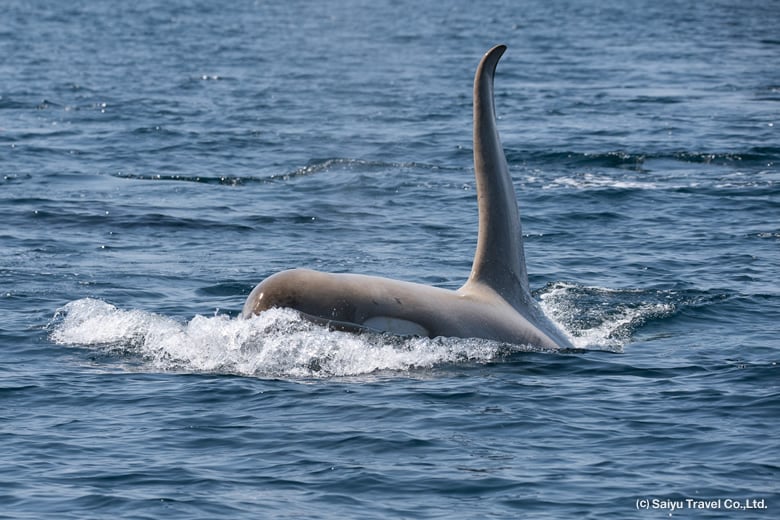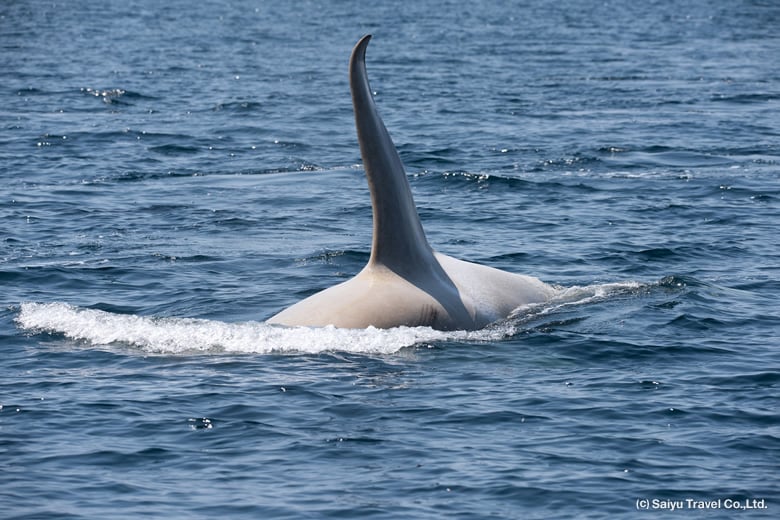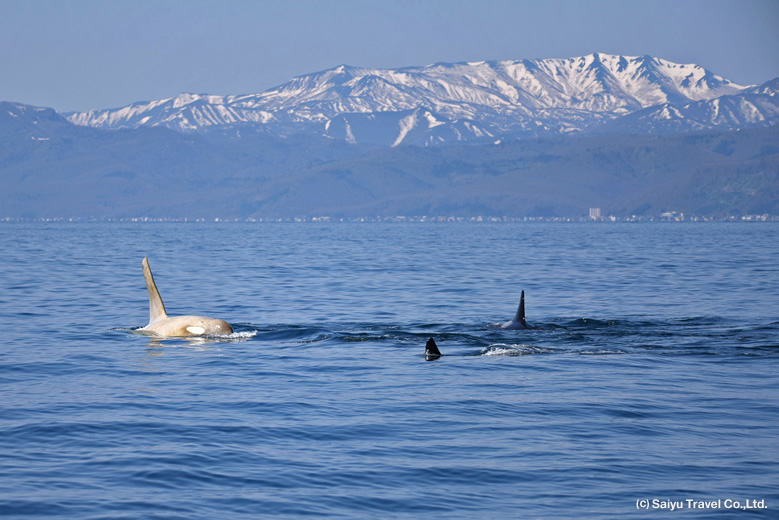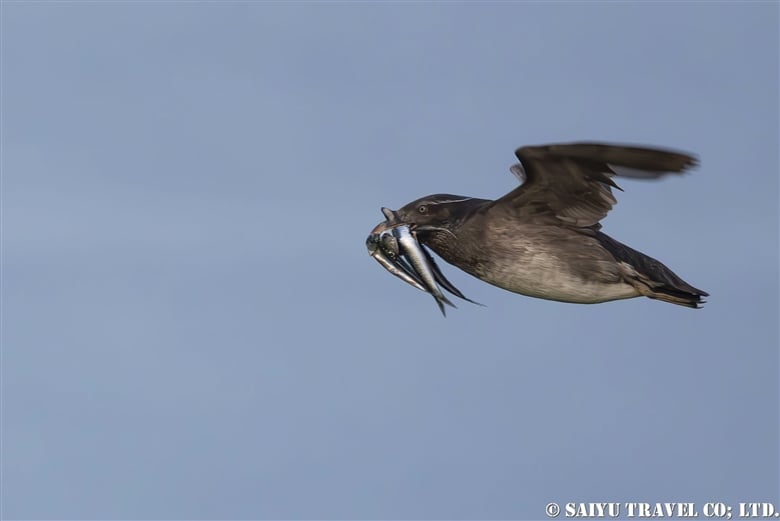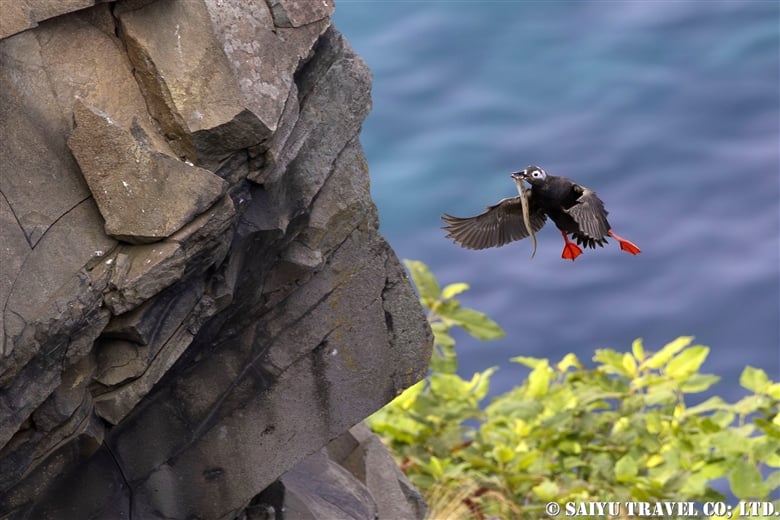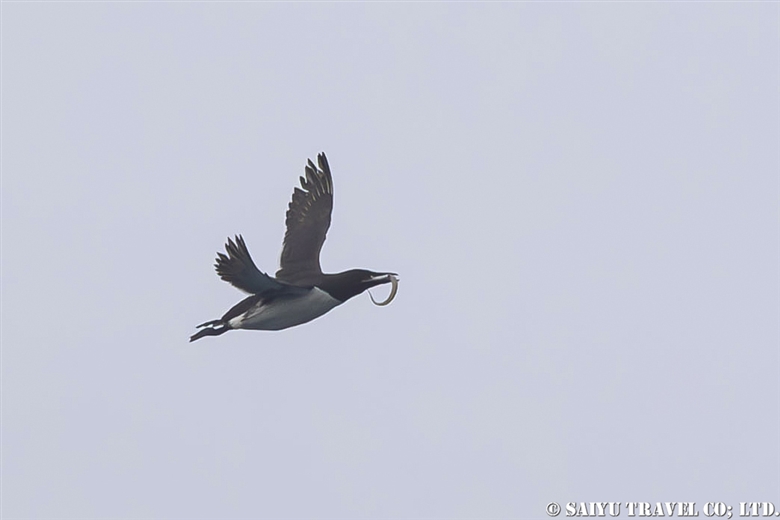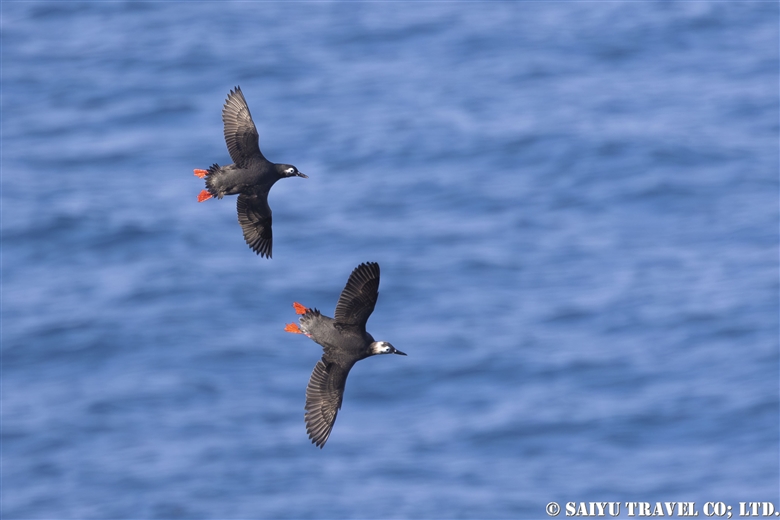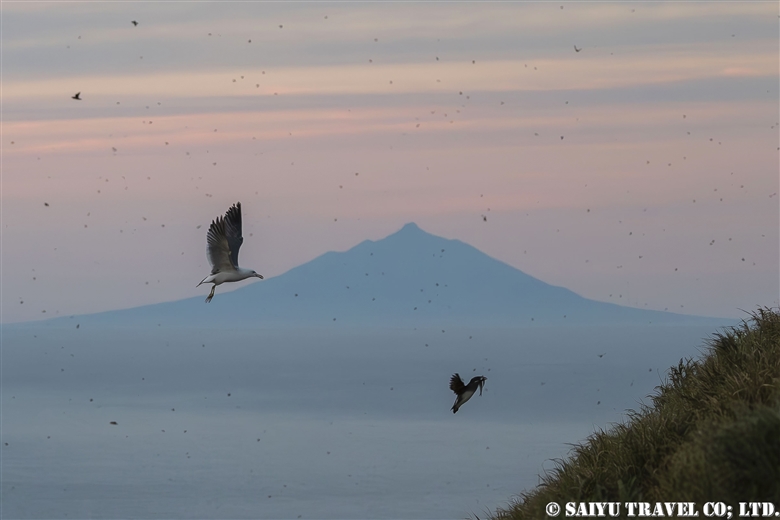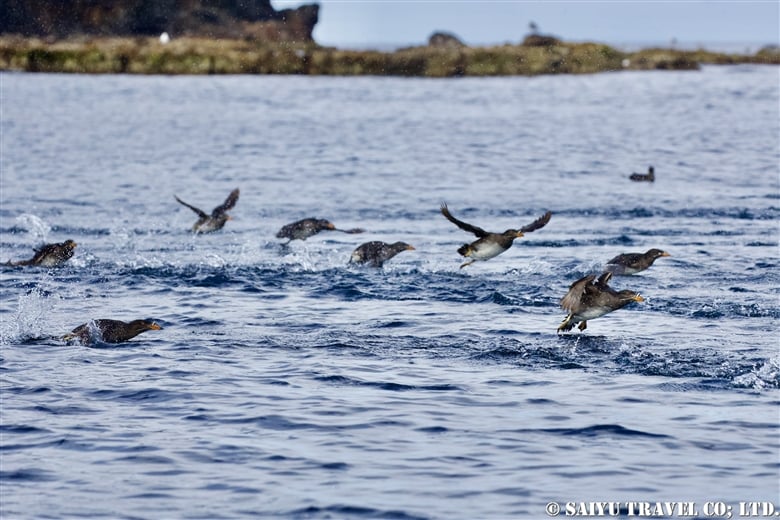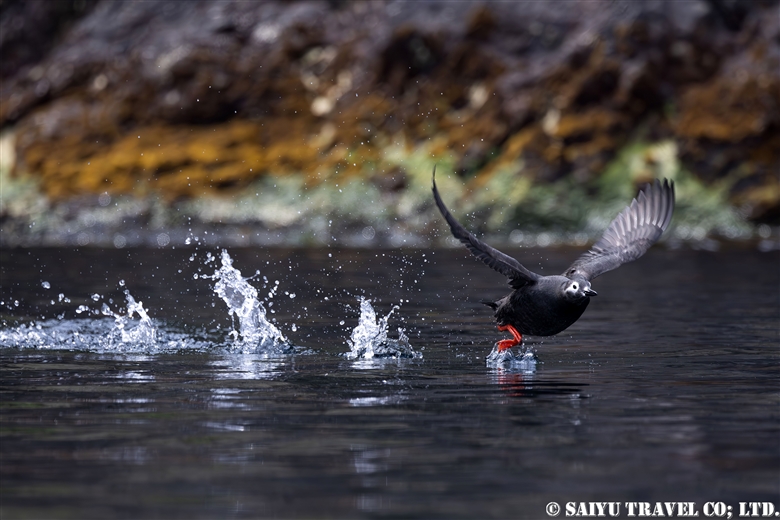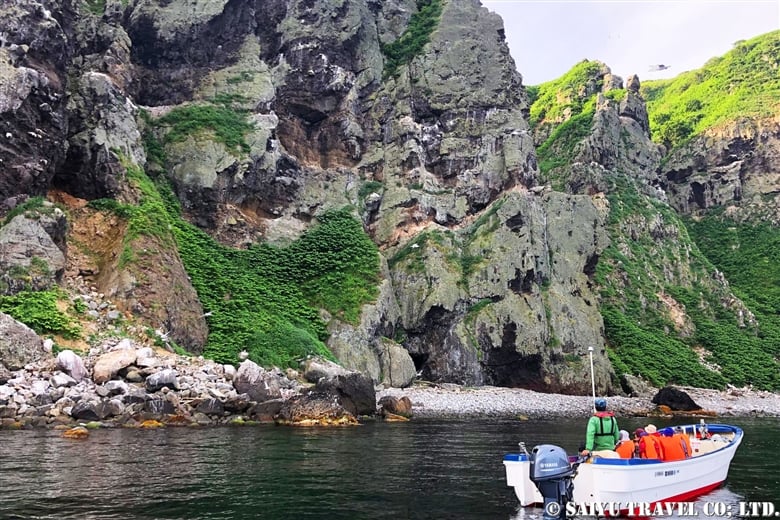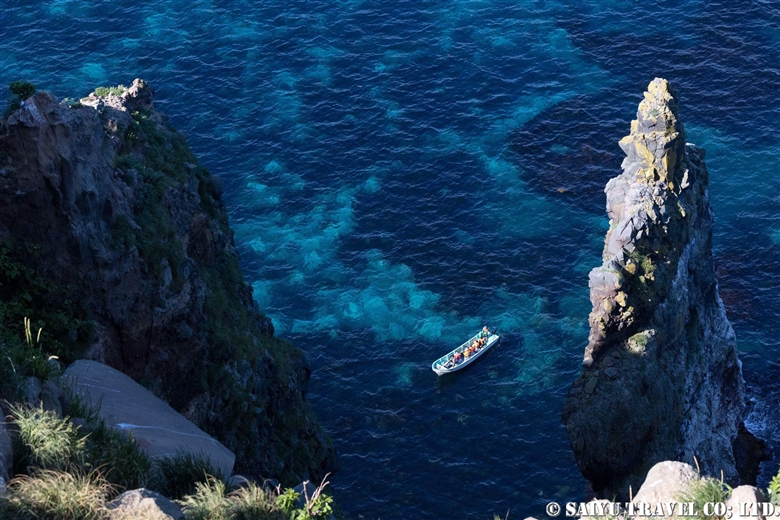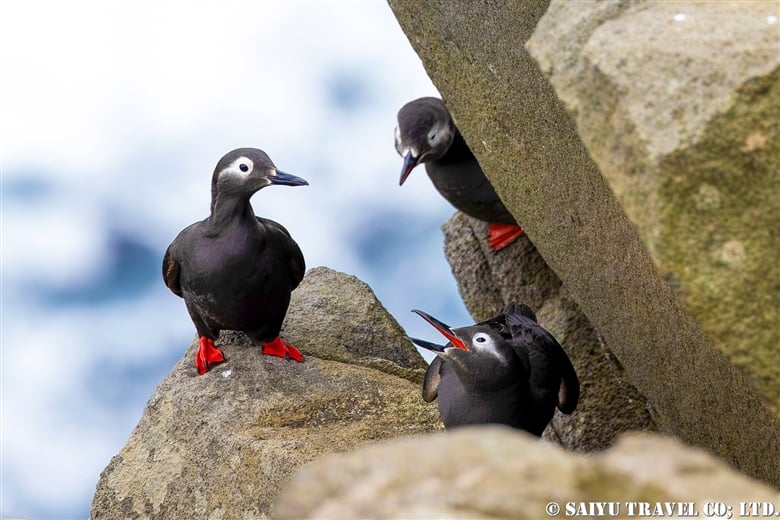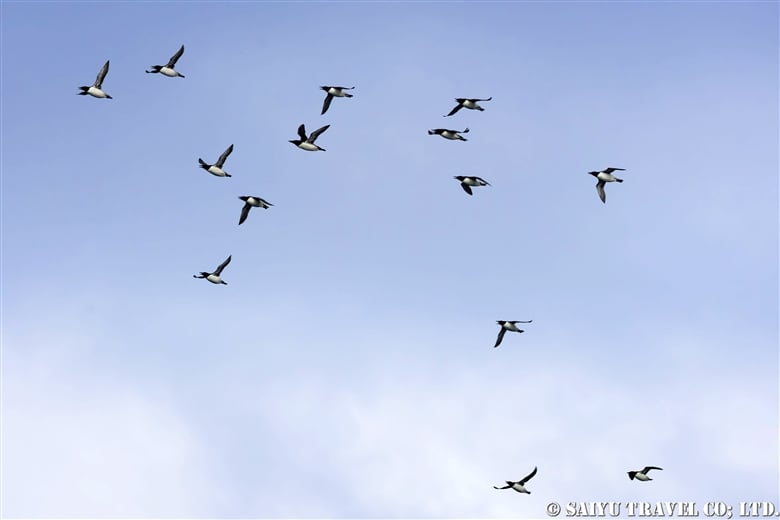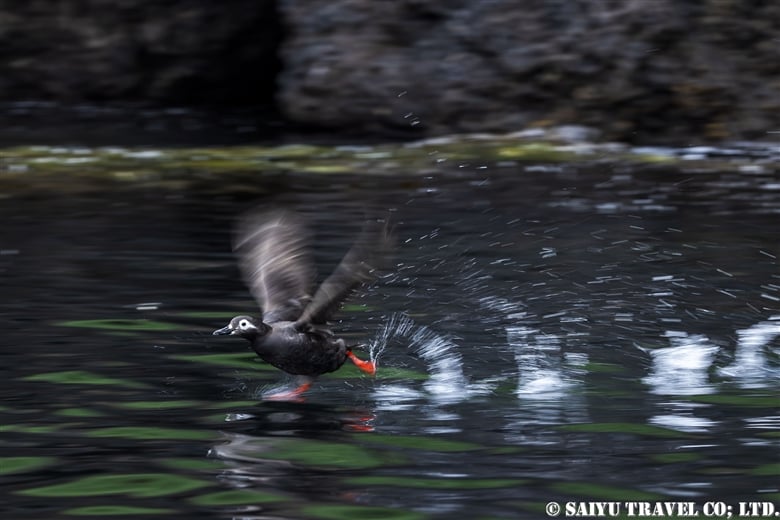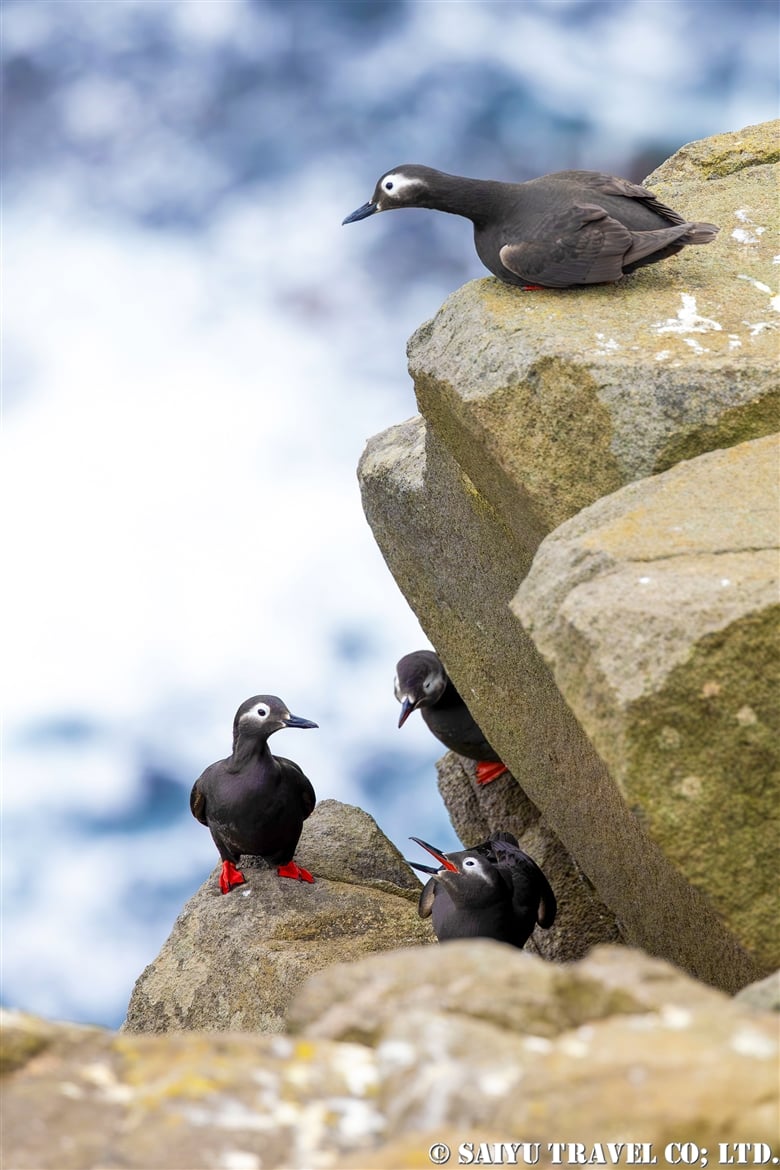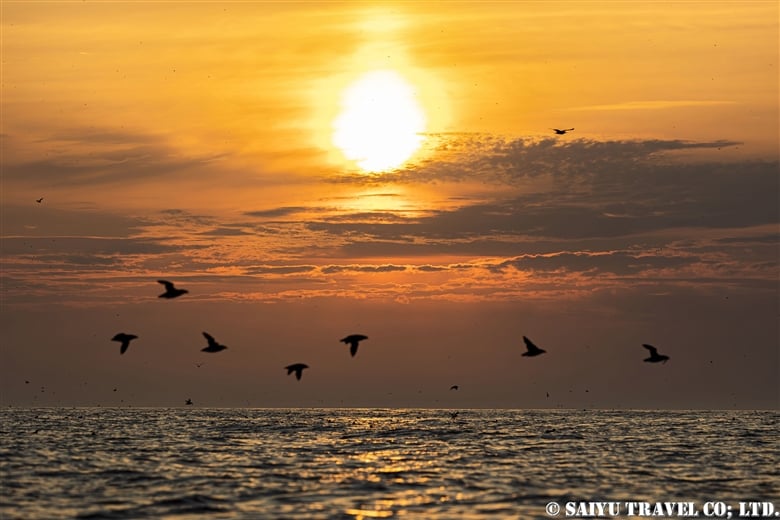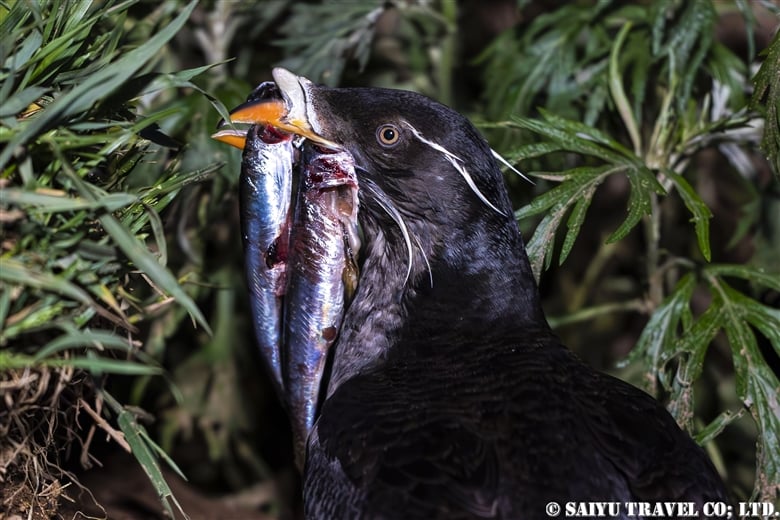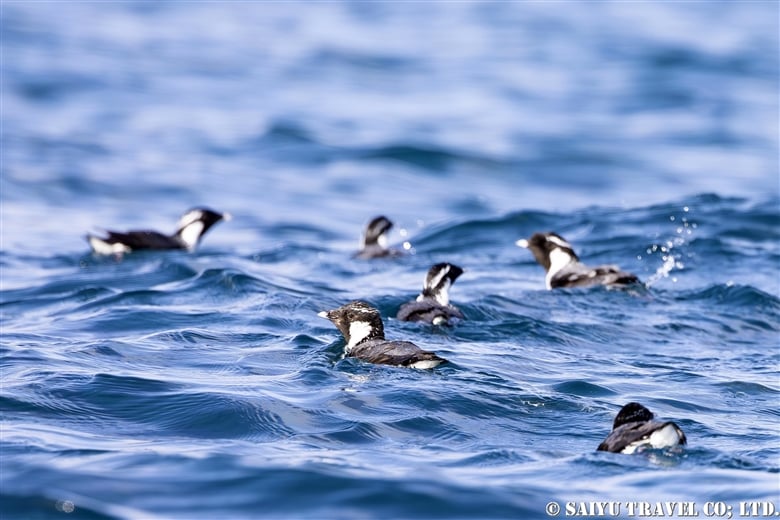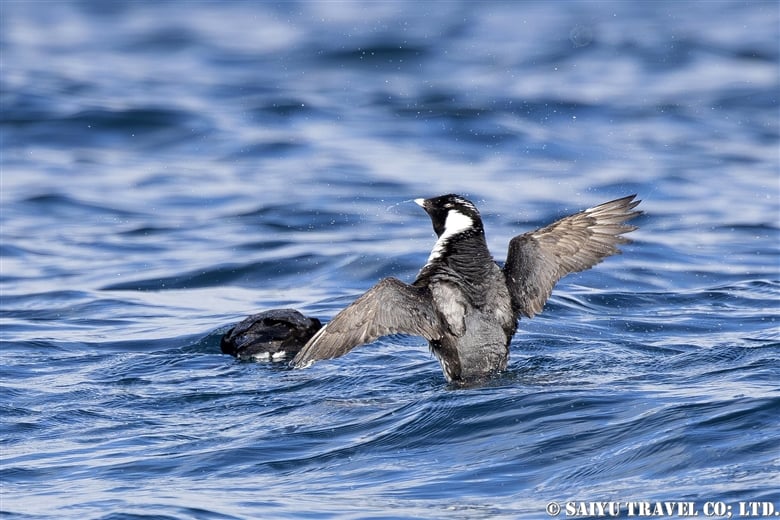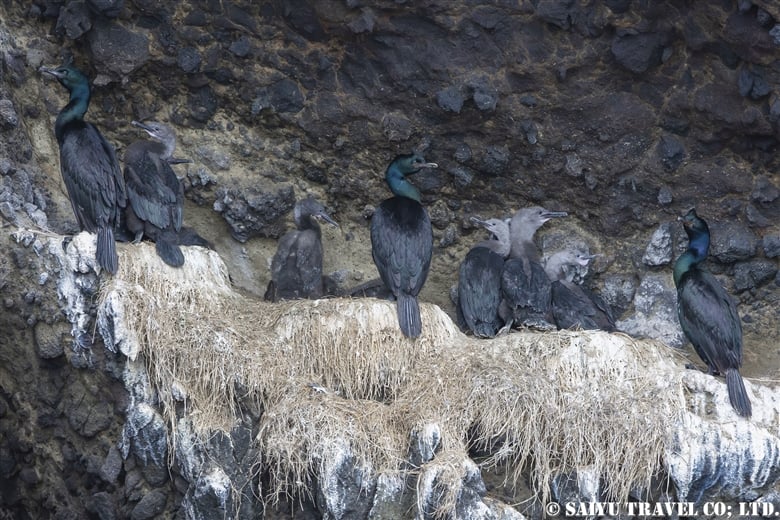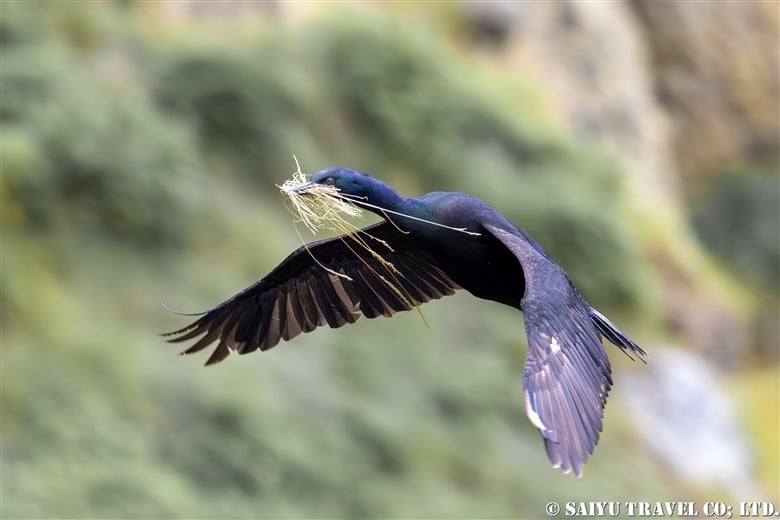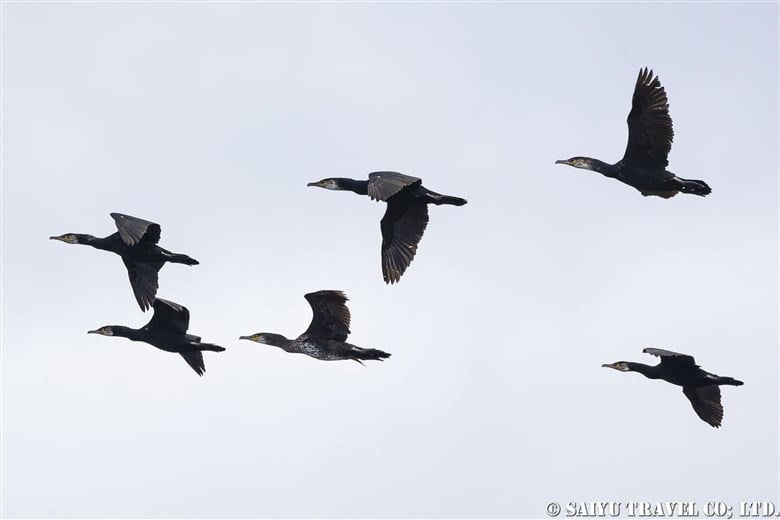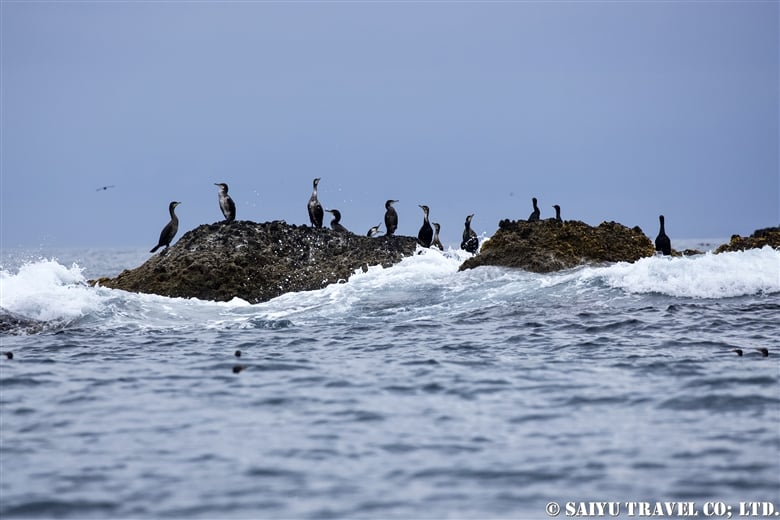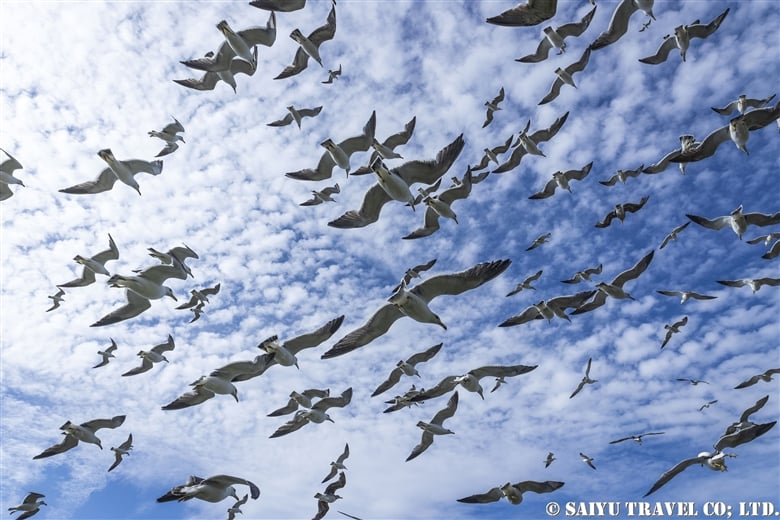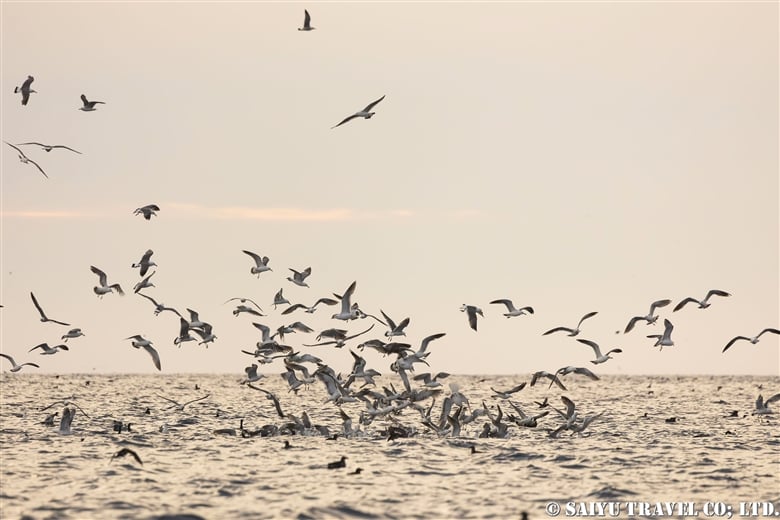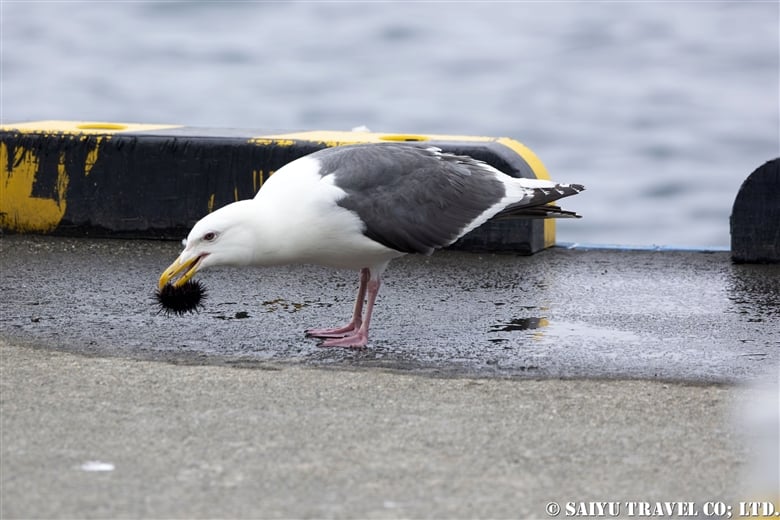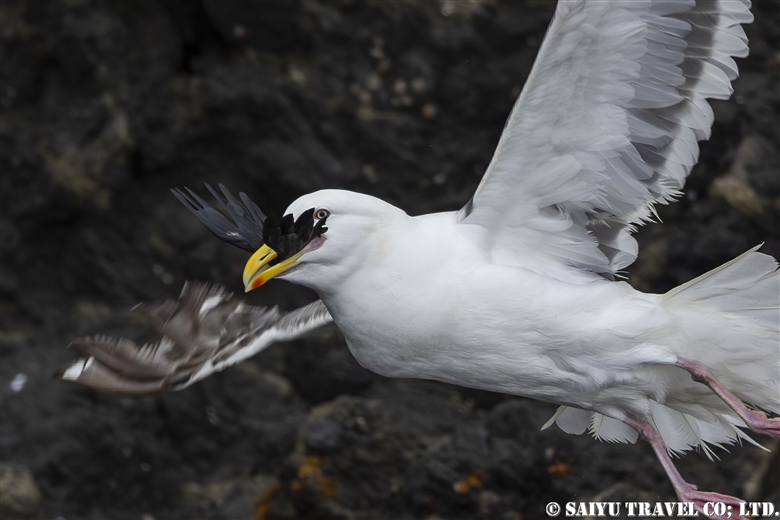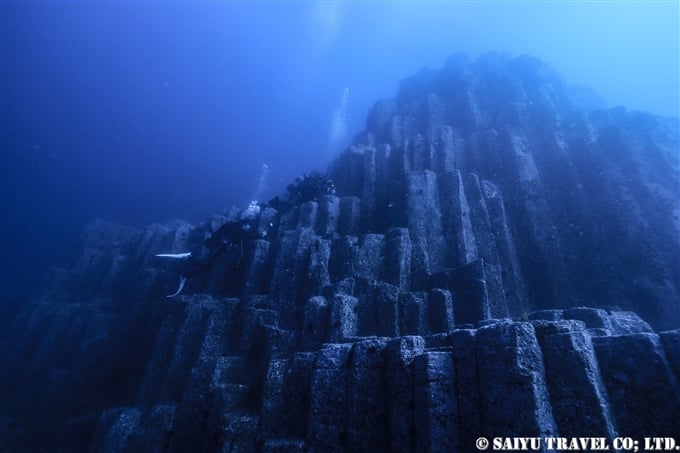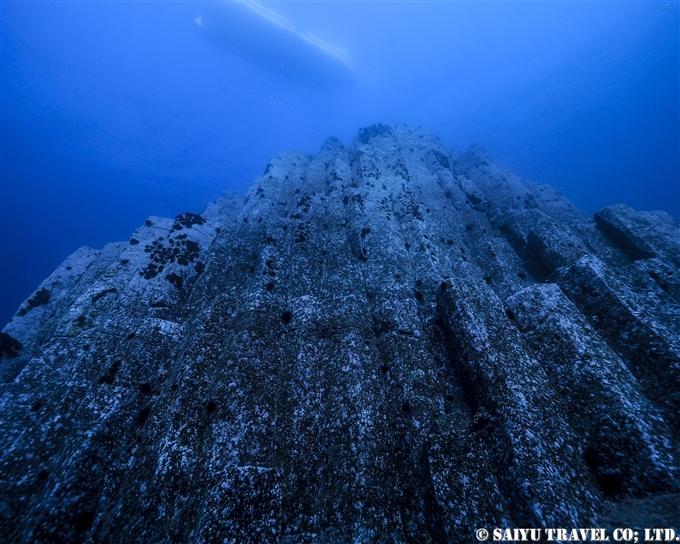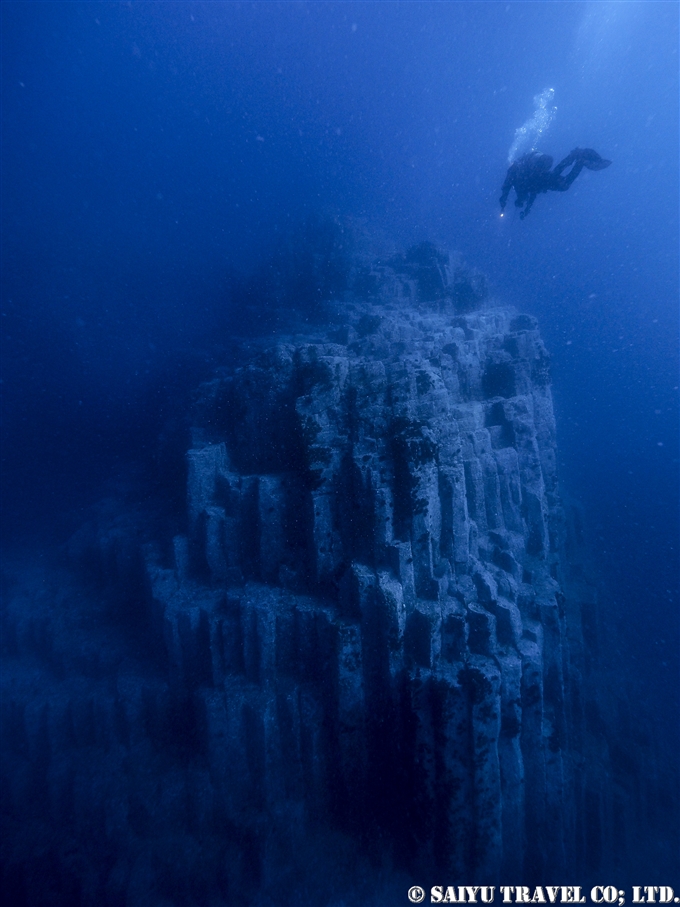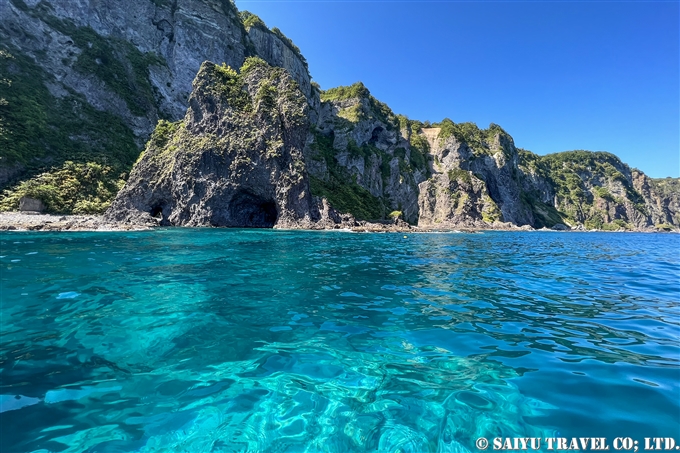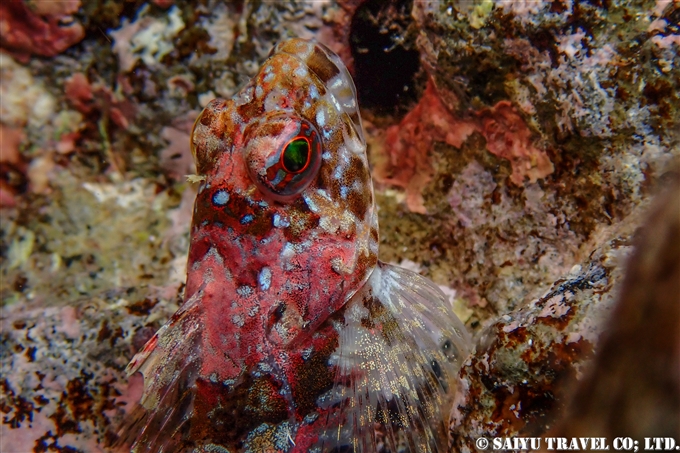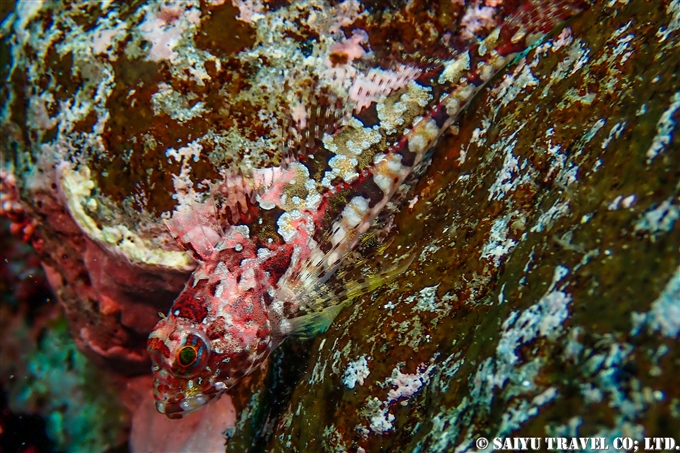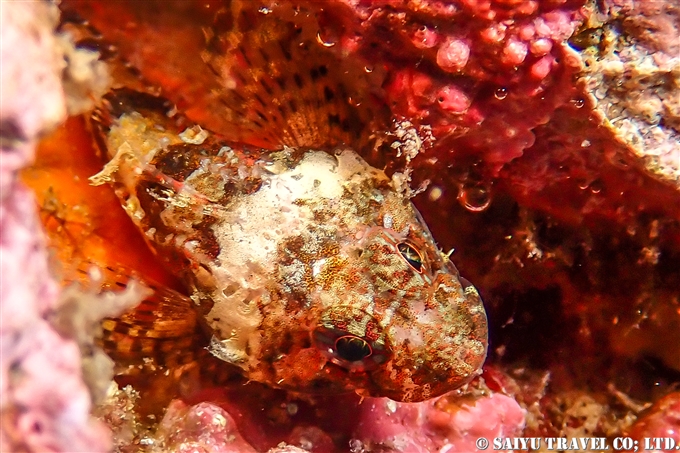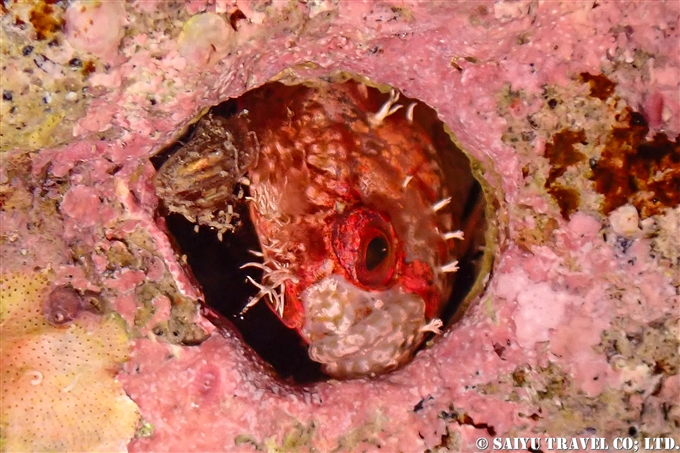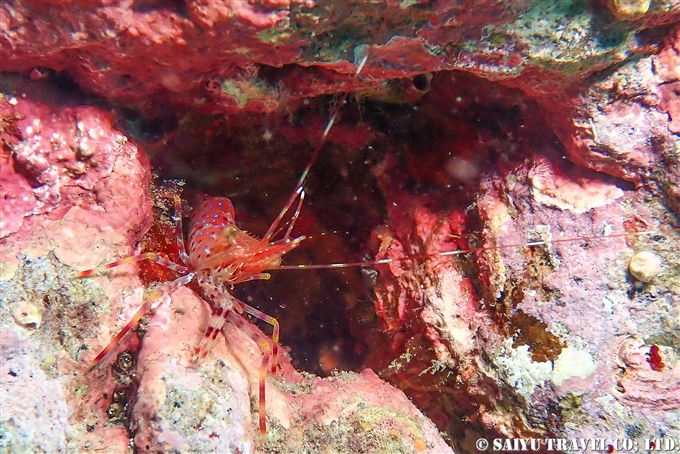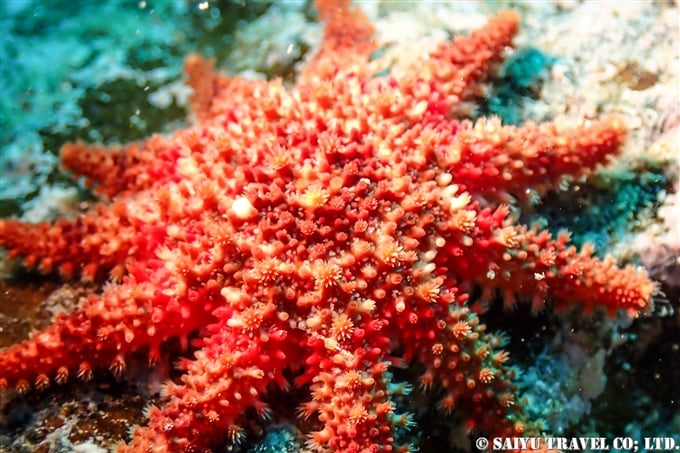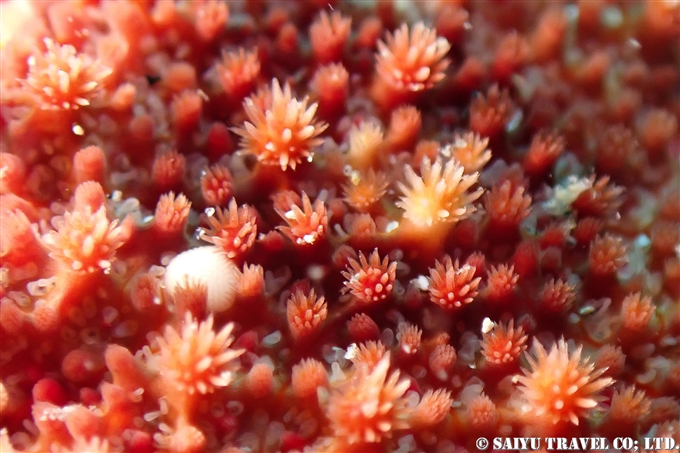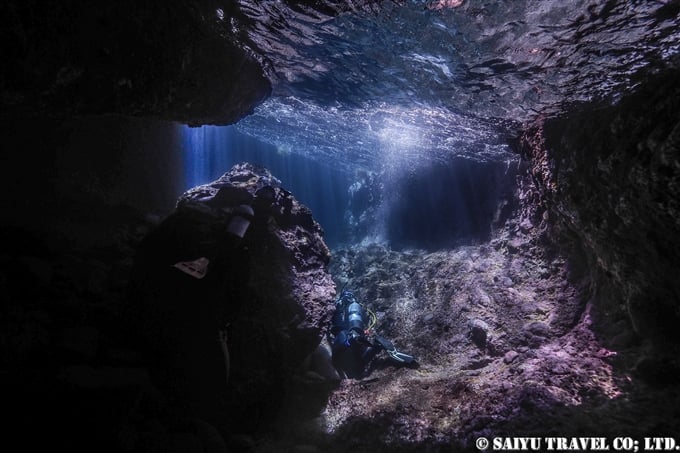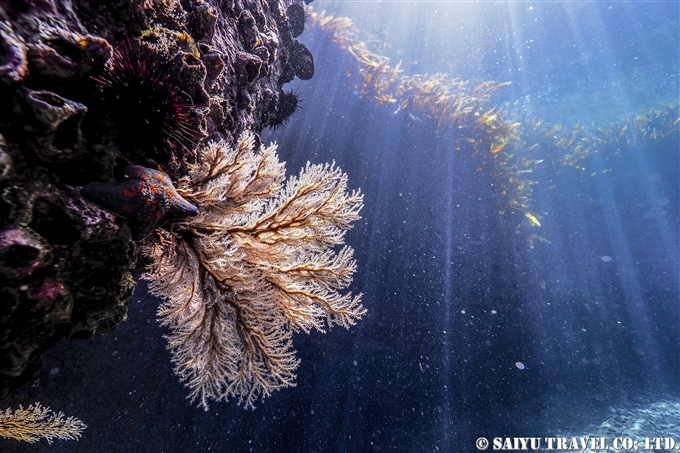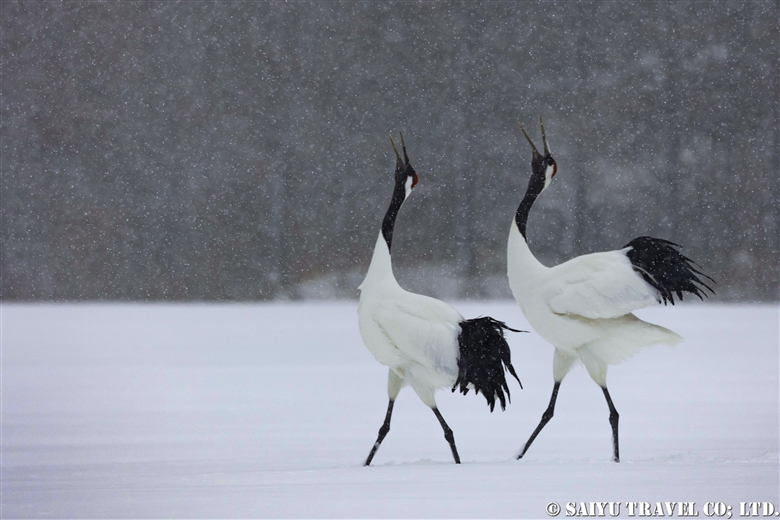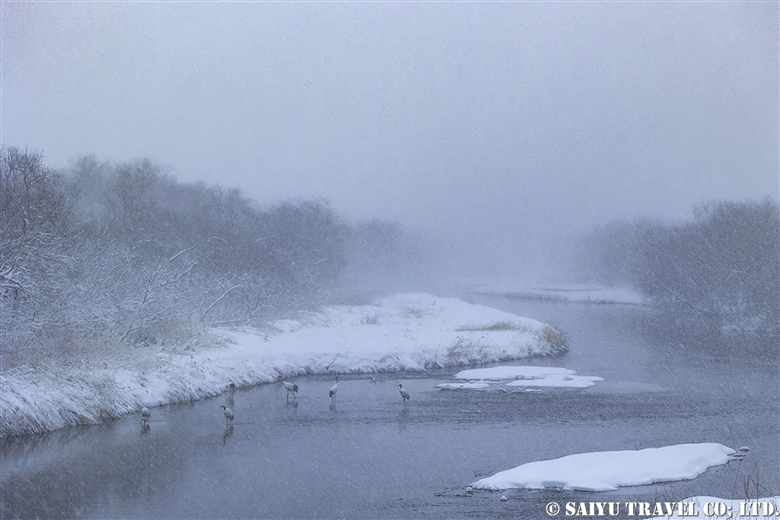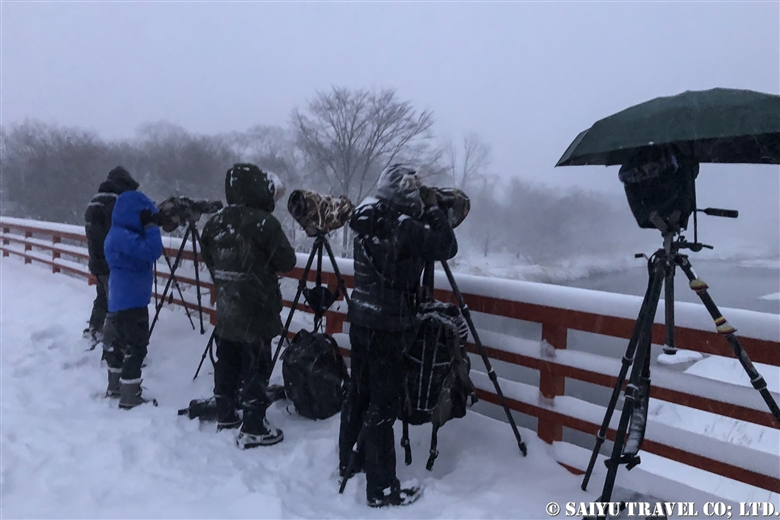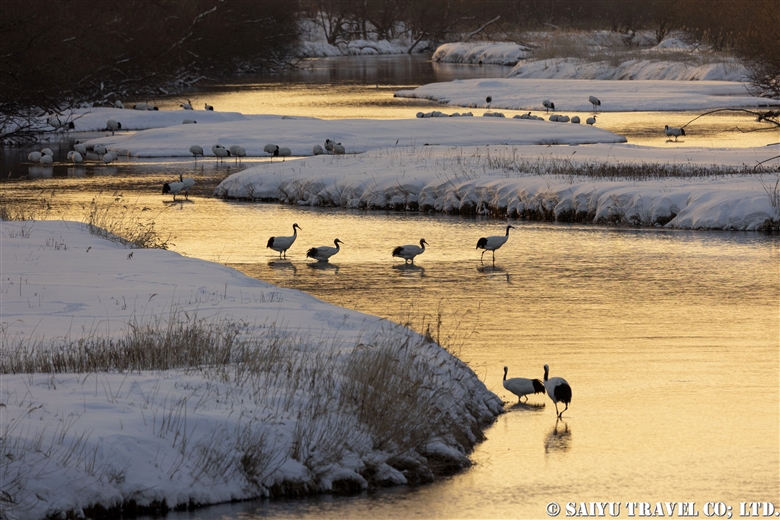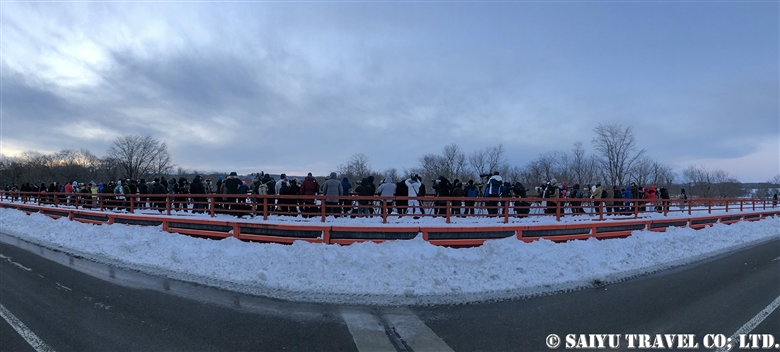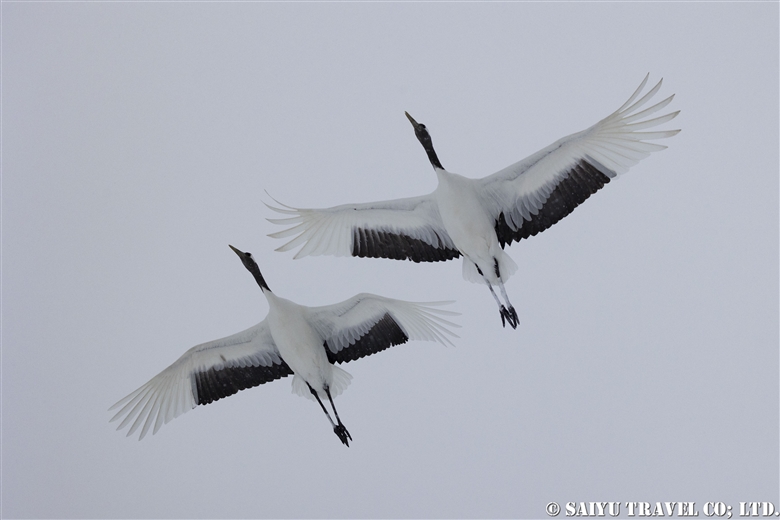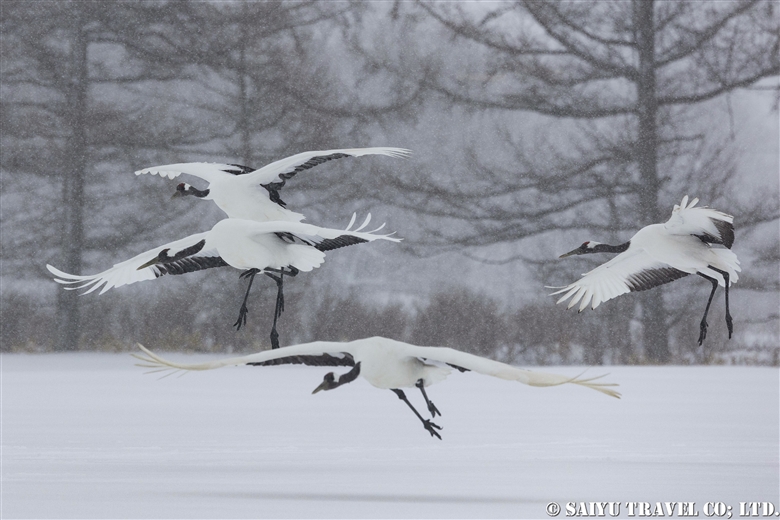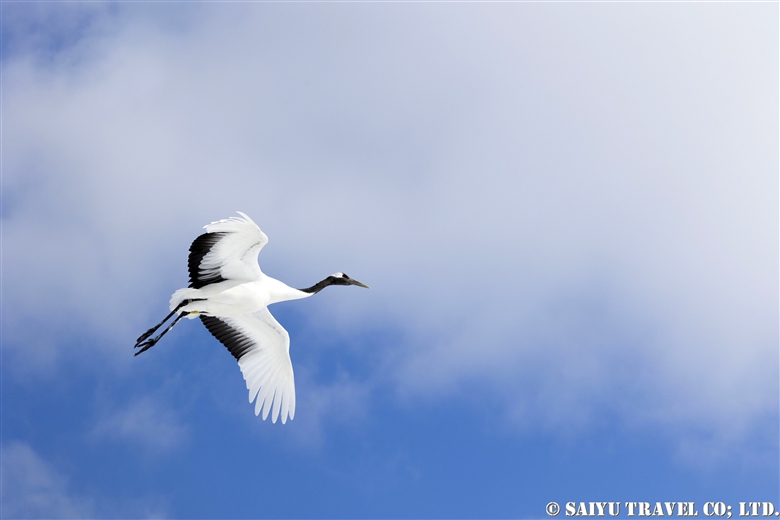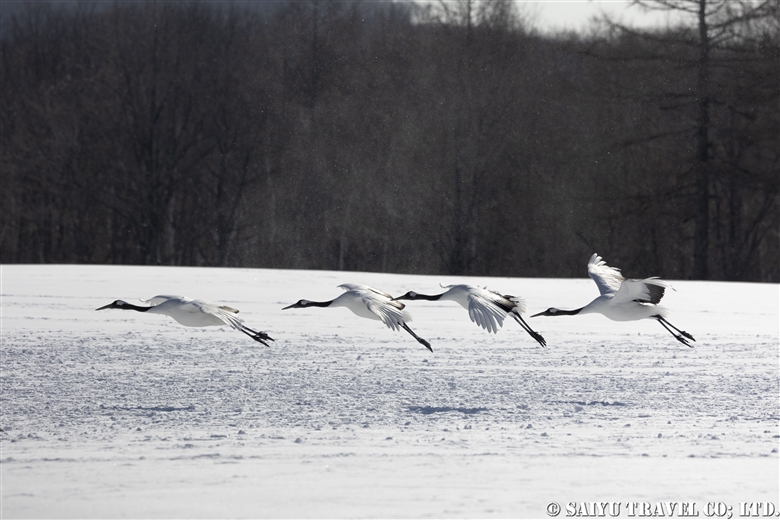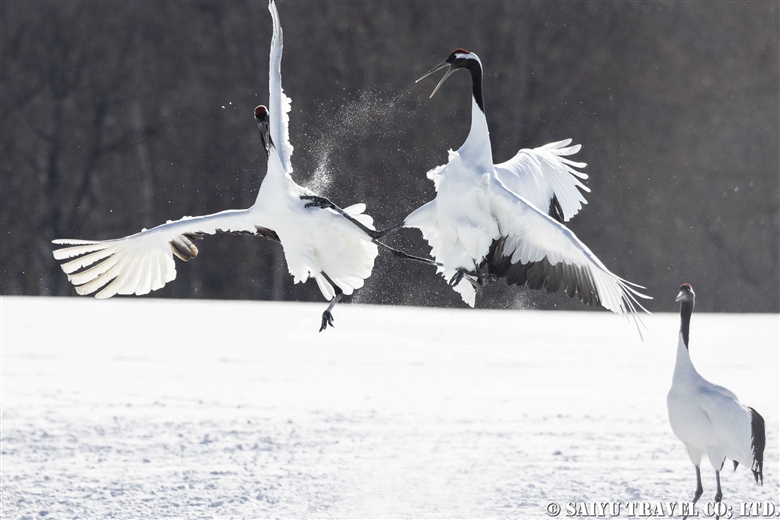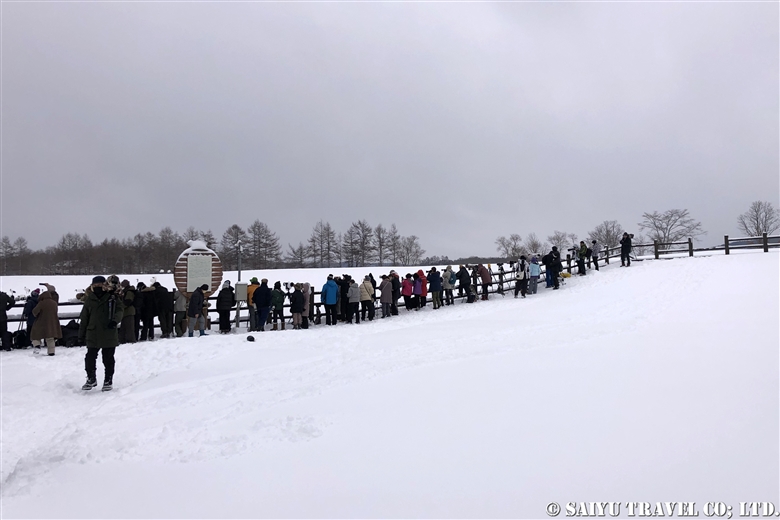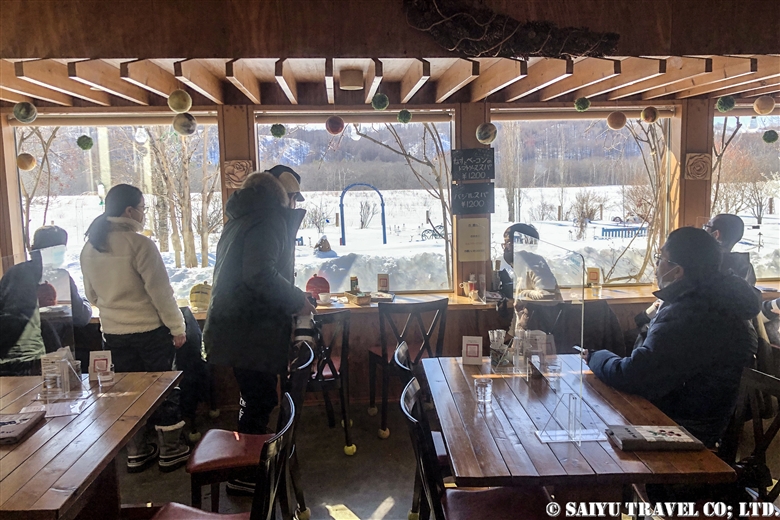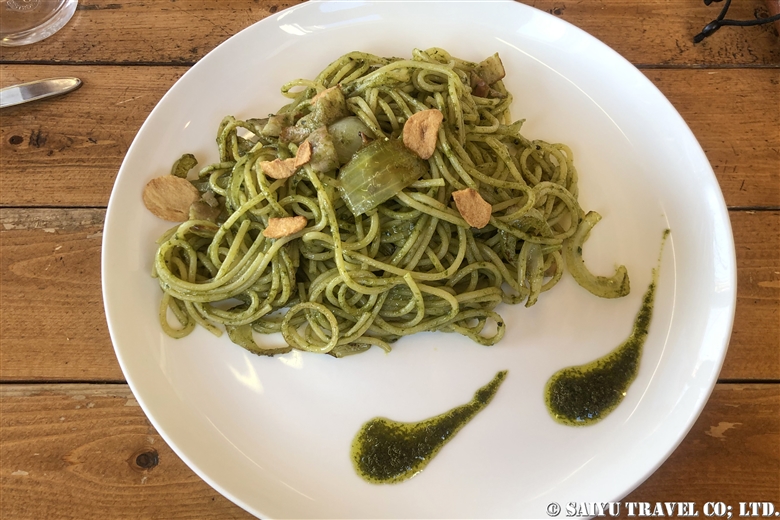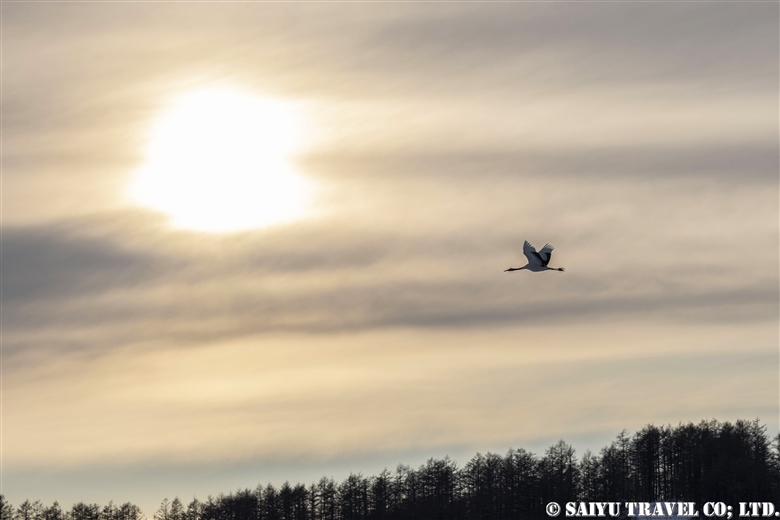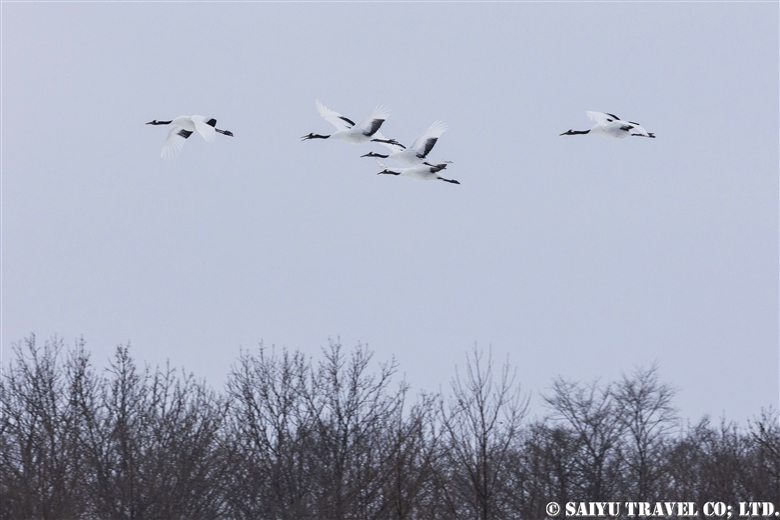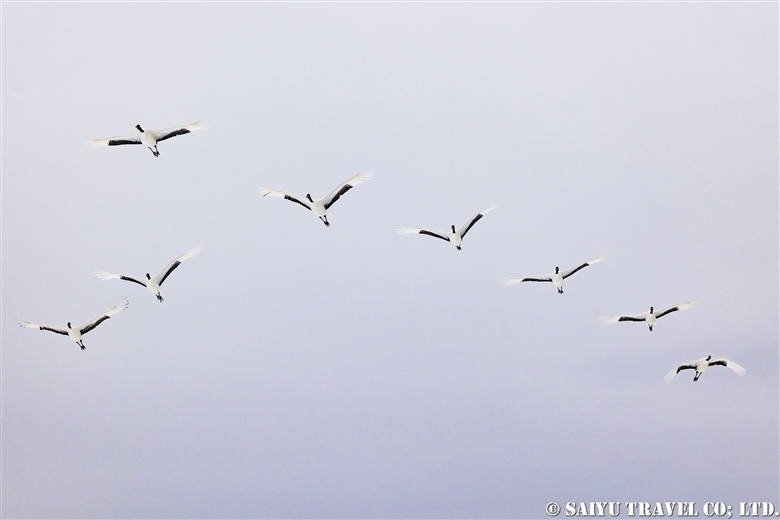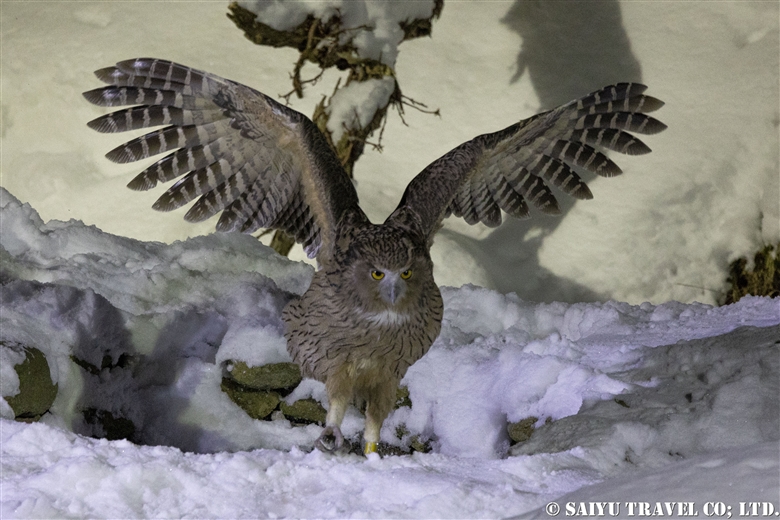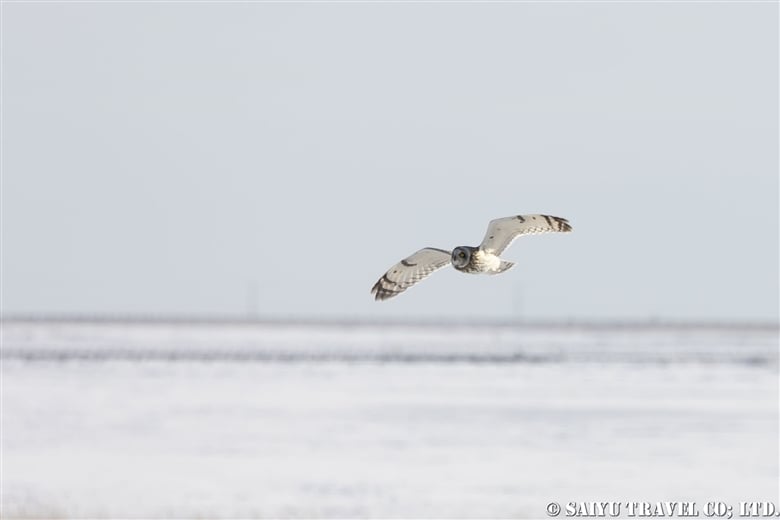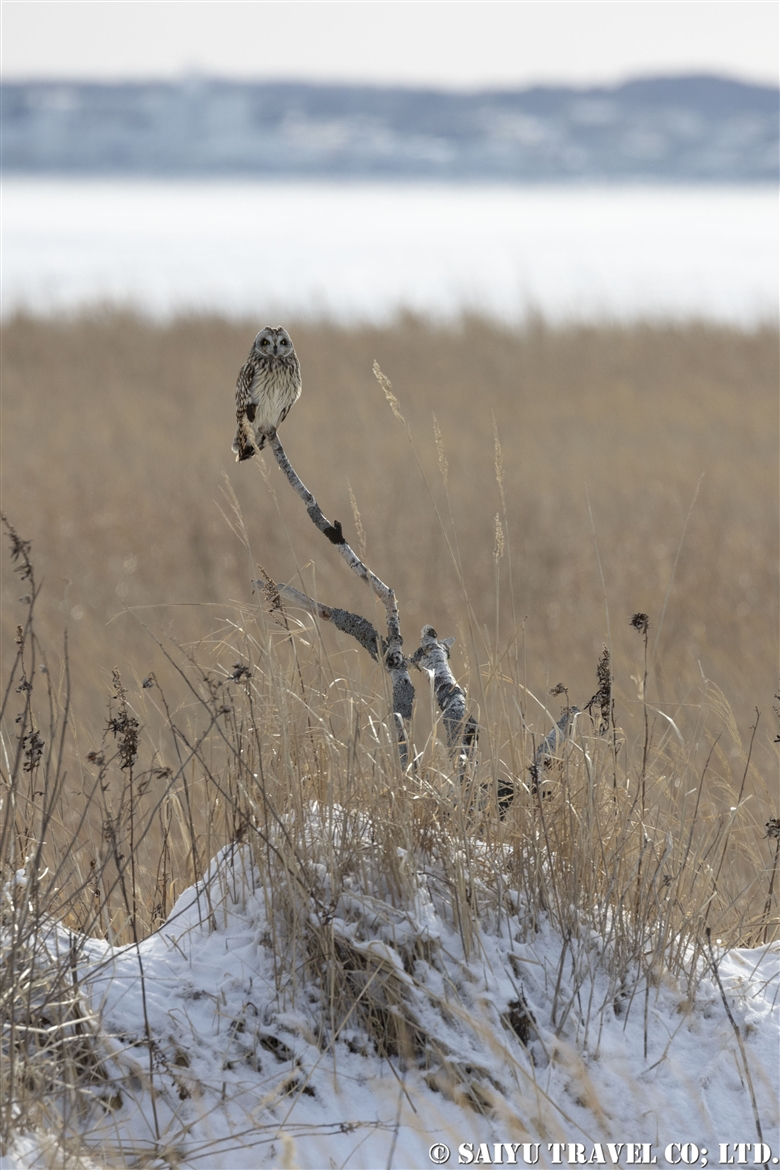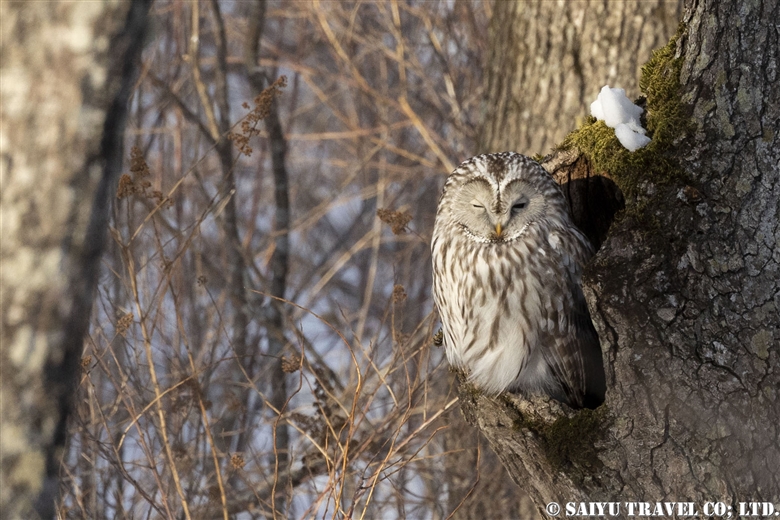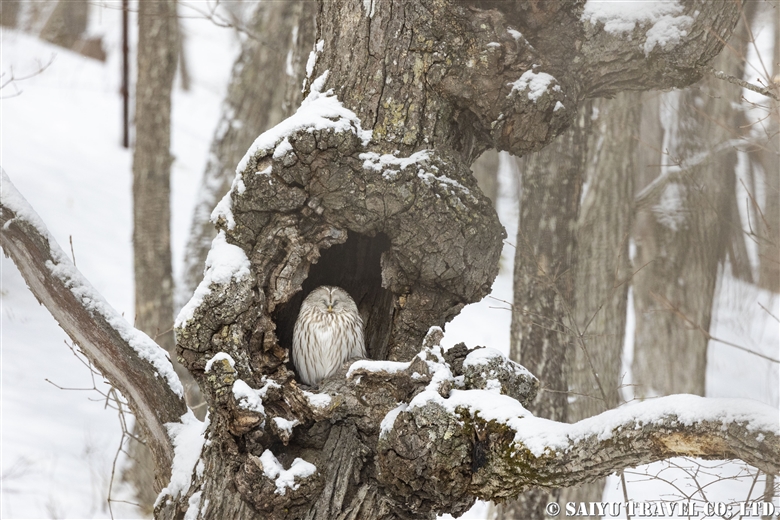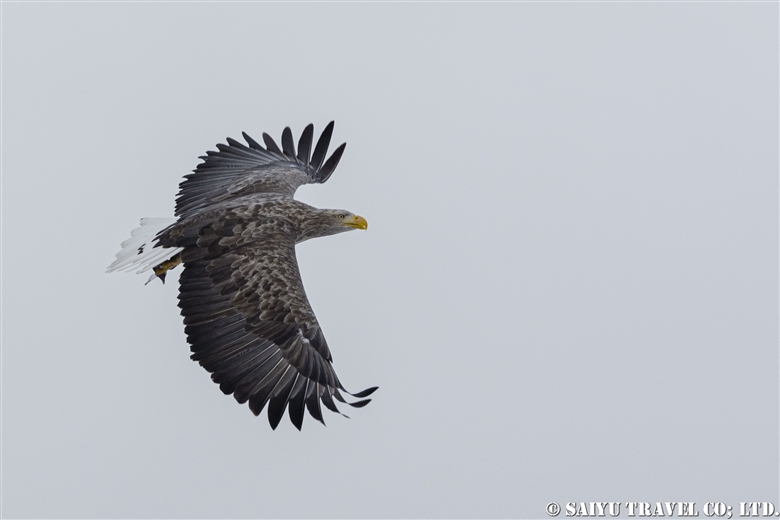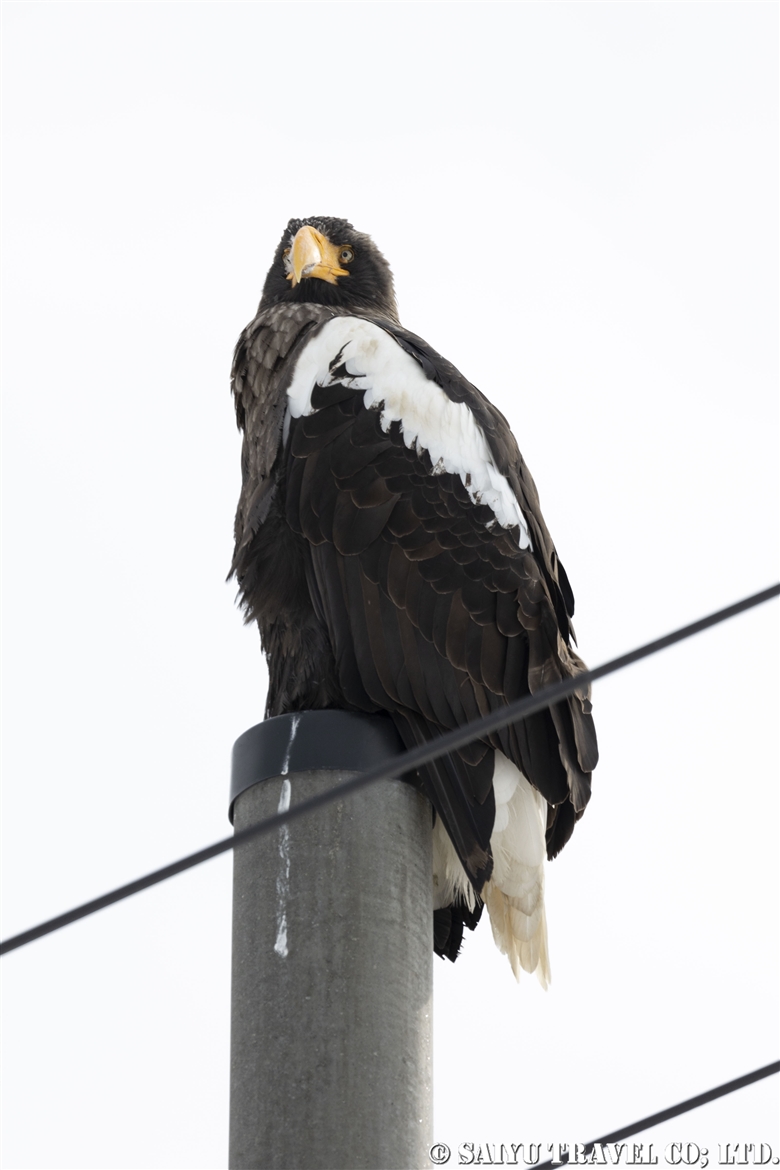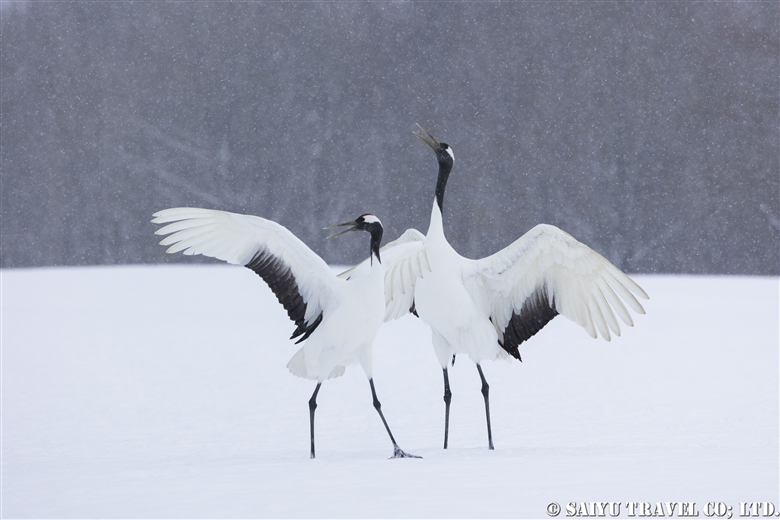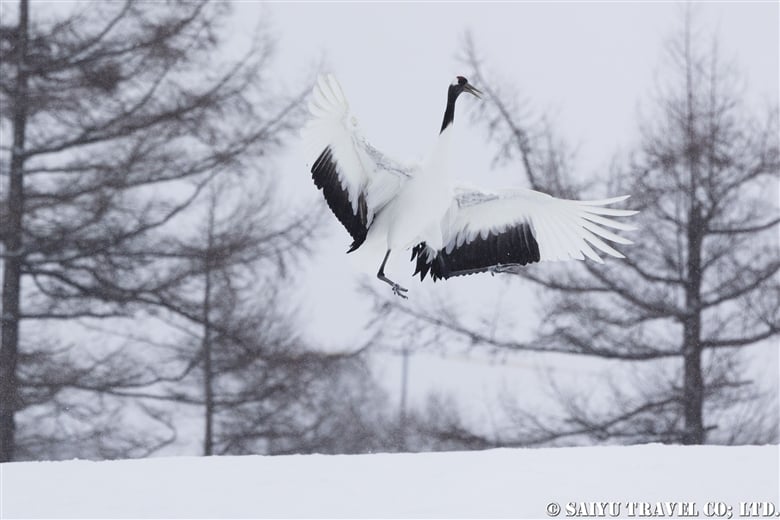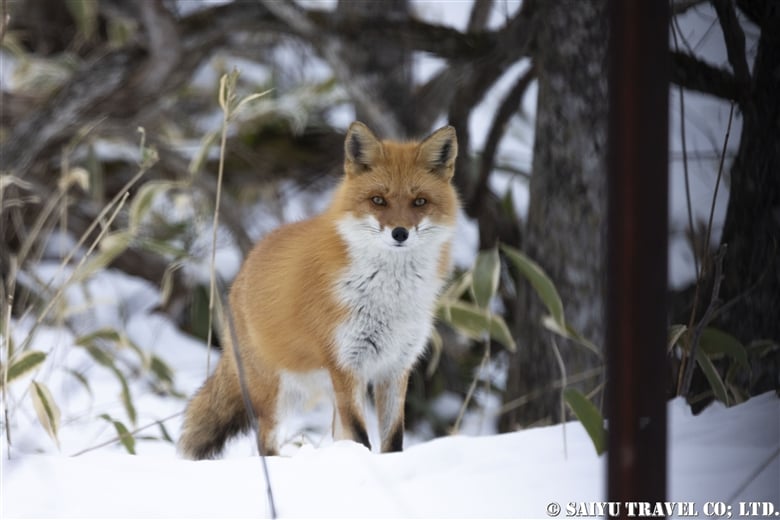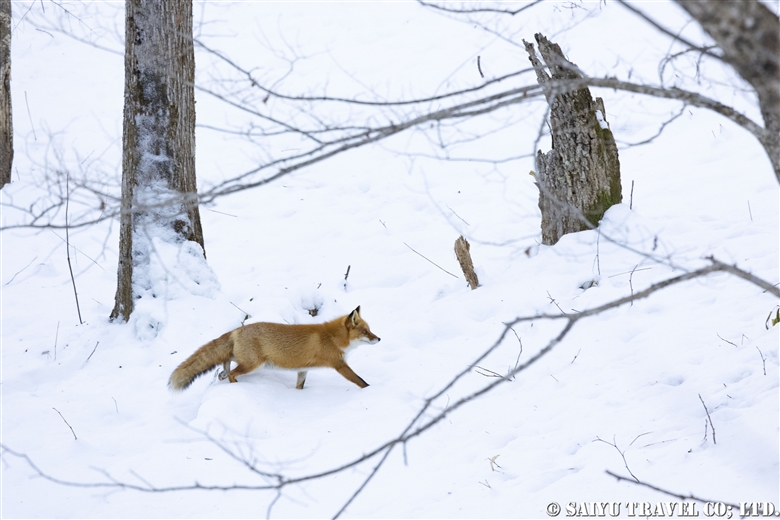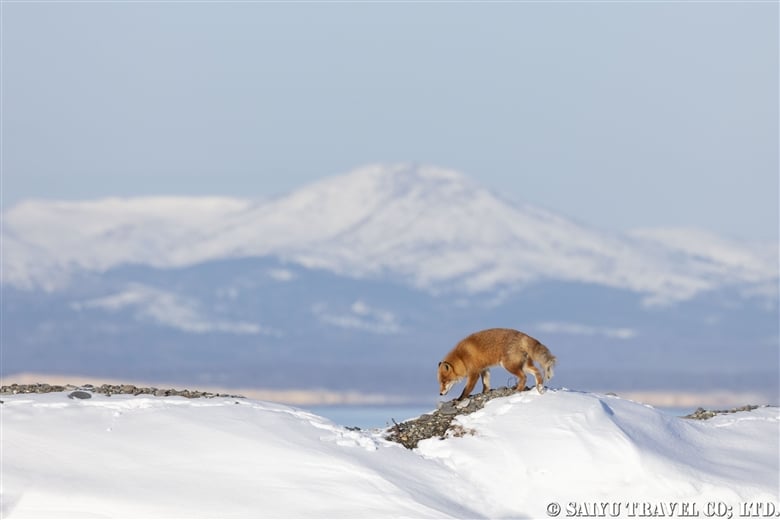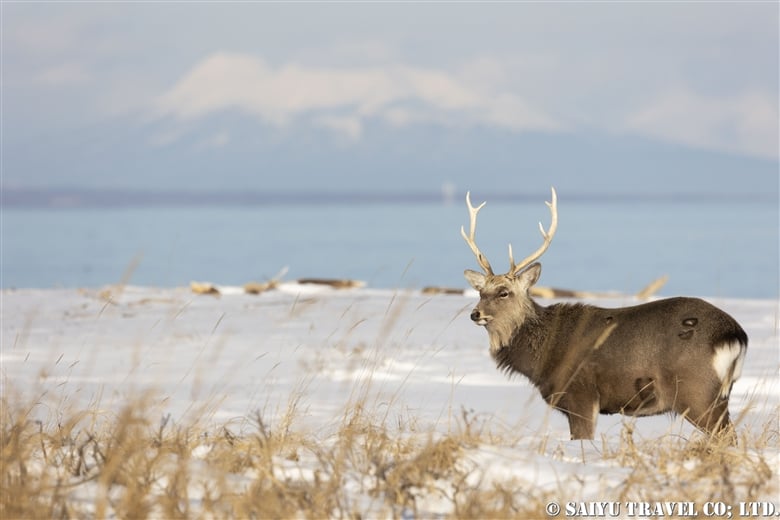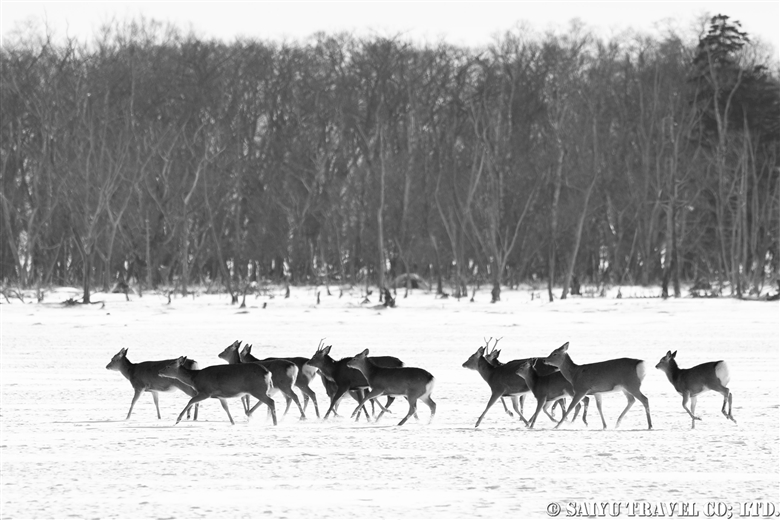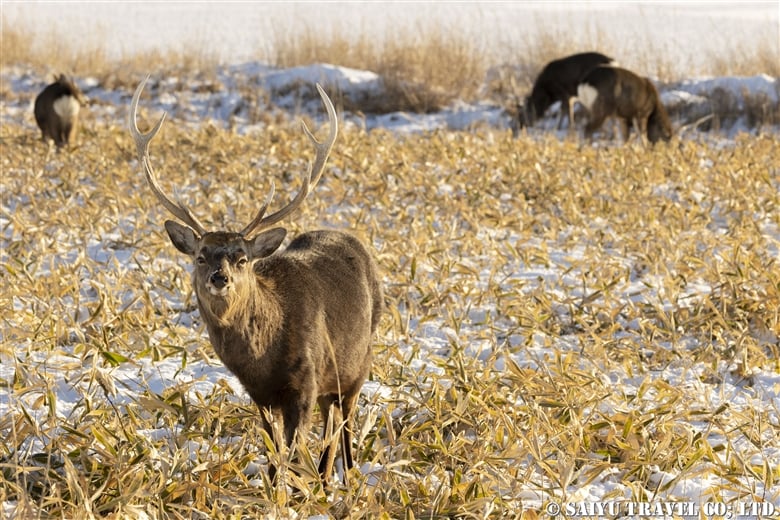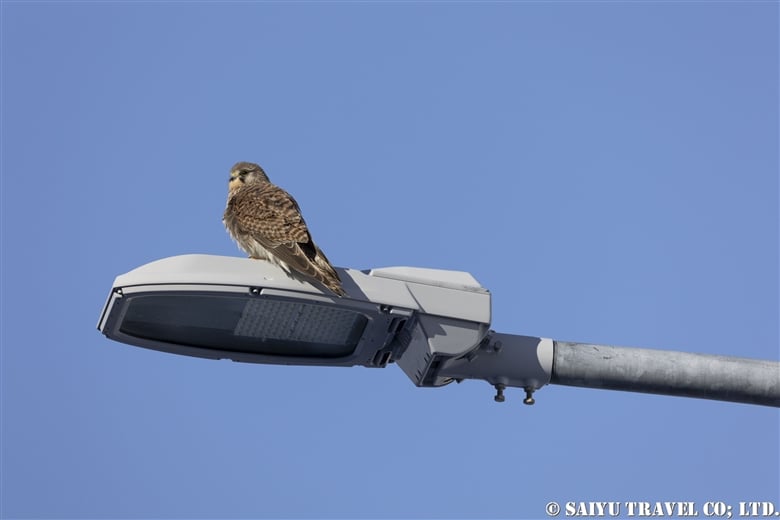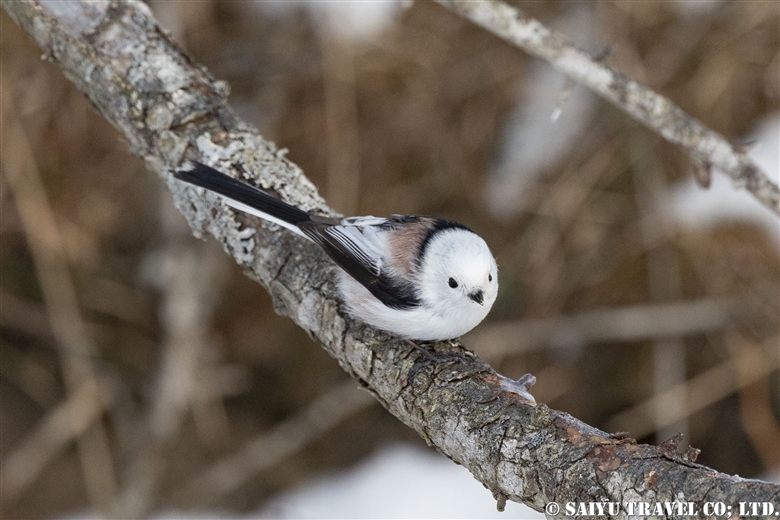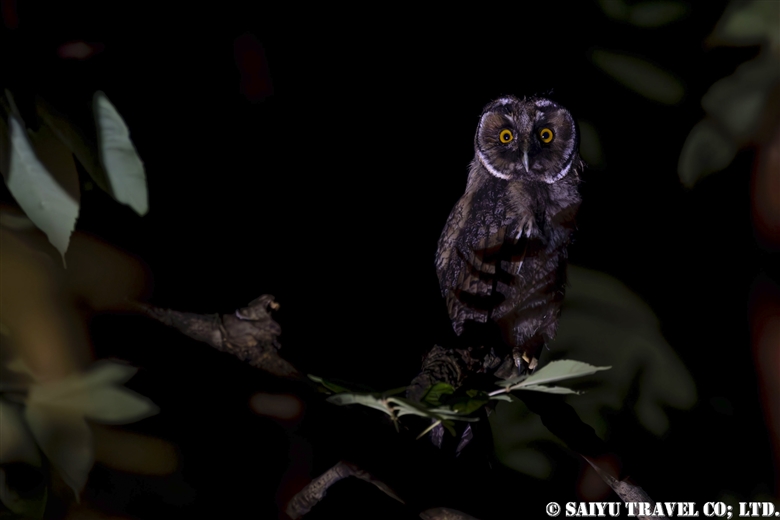
>For information and tours of Teuri Island, click here!
Teuri Island is located at 44 degrees north latitude, so during the period from spring to summer, the daylight hours are long, and the sky becomes completely dark around 21:00 (9:00 PM). In the morning, it starts to get bright around 3:00 AM, which means that the nocturnal creatures are spending super busy throughout the night.
Speaking of nocturnal creatures, one cannot fail to mention the owl family. In the year 2023, the breeding of the Long-eared Owl (トラフズク Torahuzuku in Japanese) has been confirmed on the island.
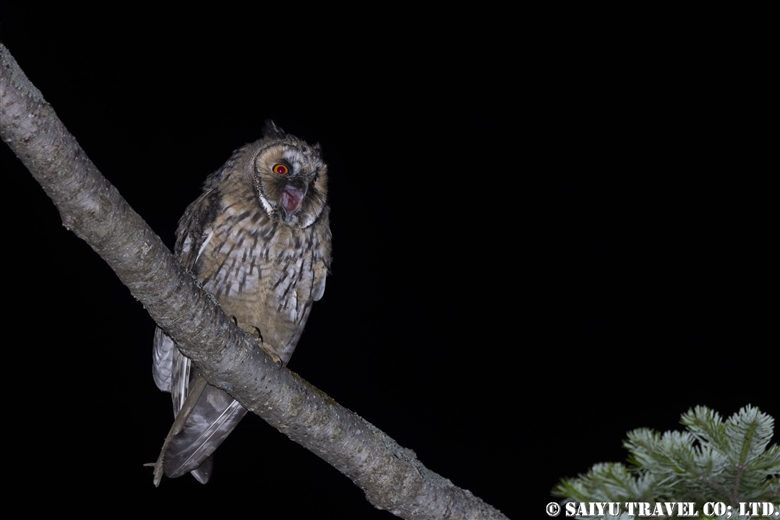
During the early spring, we confirmed the presence of three chicks, but from the first half of July onwards, we could only find two. It is suspected that one of them might have died at some point. This experience made us realize the true harshness of nature.
Furthermore, the Kiwi of Japan is called a “ヤマシギ” (Yamashigi), which refers to the Eurasian Woodcock, also inhabits Teuri Island.
The life style of the Eurasian Woodcock is similar to the Kiwi of New Zealand, it is a nocturnal creature and preys on worms and other creatures found near the ground. However, the Eurasian Woodcock has the advantage of being able to fly, which allows it to have a broader range of habitats. It has numerous holes in its beak with nerve endings, enabling it to sense movements and detect prey while inserting its beak into the ground.
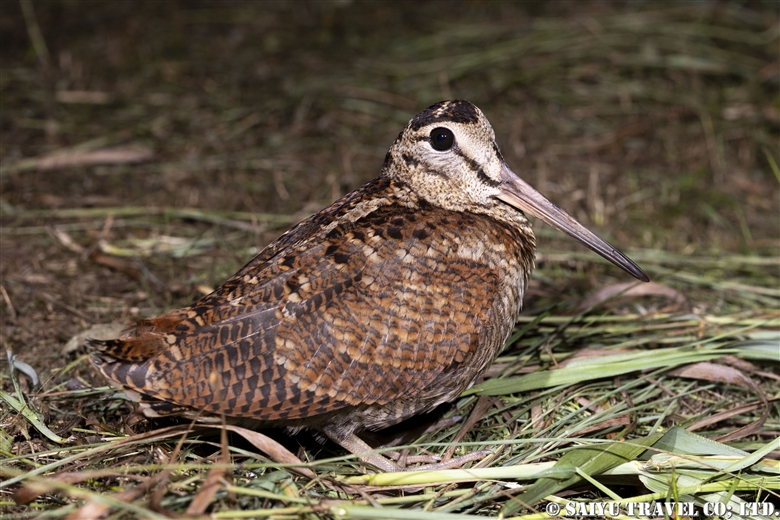
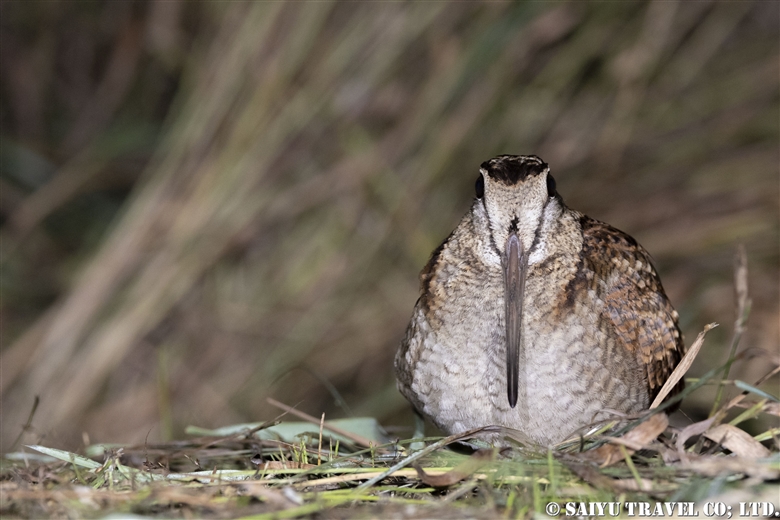
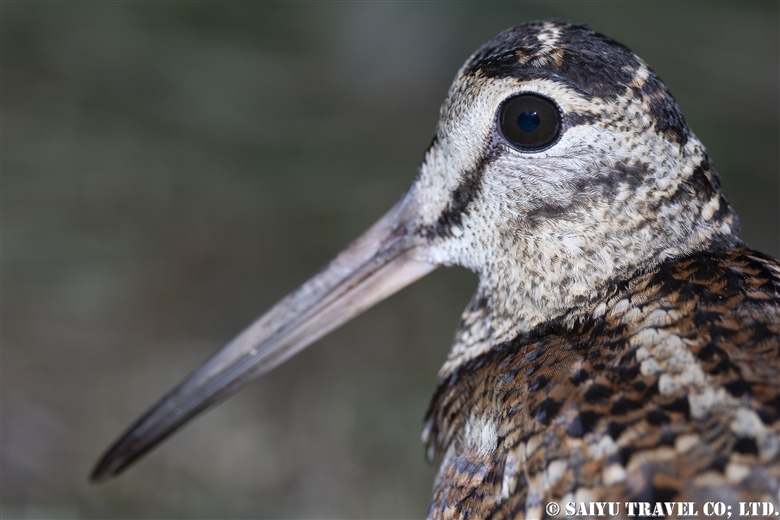
Additionally, on warm nights, the only snake species found on Teuri Island, the Japanese Mamushi Viper (マムシ: Mamushi, also known as the Japanese pit viper), also becomes more active.
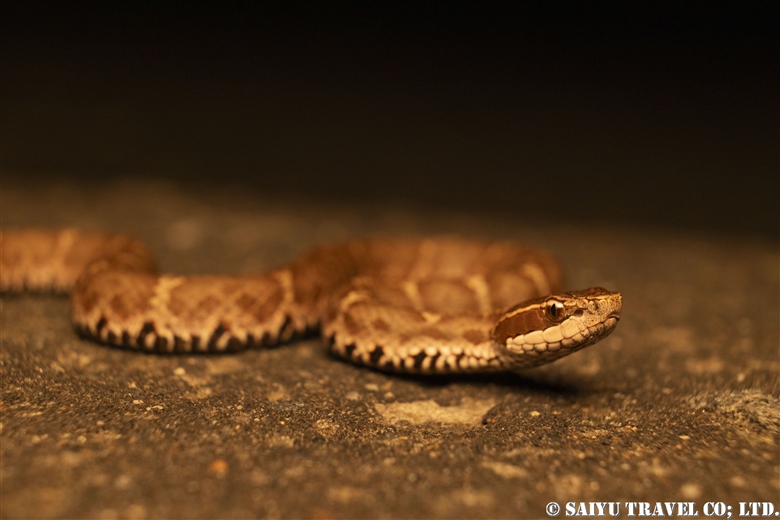
The snake, often referred to as a nocturnal creature, on Teuri Island, might also be quite active during daytime, especially in the cooler seasons like early spring. Despite being a reptile, it gives birth to live offspring instead of laying eggs. This adaptation might be what allowed it to efficiently reproduce in the fluctuating temperatures of Teuri Island, making it the only snake species on the island.
The Japanese Mamushi Viper is the most well-known venomous snake in Japan. The image of “Mamushi = danger” is deeply ingrained, and this might be a reason why drivers tend to be less aware of avoiding them compared to other creatures. As a result, during the season, I witnessed numerous instances where these vipers were hit and killed by vehicles.
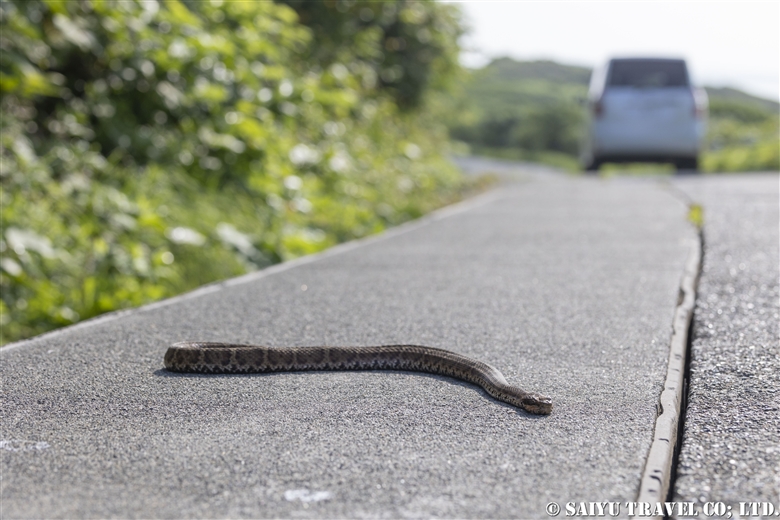
Also, the Japanese tree frog (ニホンアマガエル Nihonamagaeru), the only amphibian species found on Teuri Island, becomes active during the night.
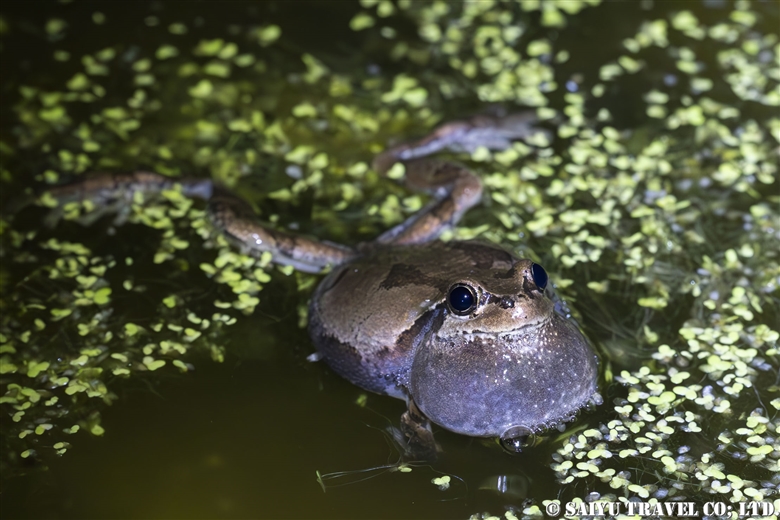
Due to its small size, approximately 12km in circumference, Teuri Island has limited sources of stable freshwater, making it challenging for amphibians, which constantly require water, to find suitable habitats. However, despite the scarcity of such environments, numerous individuals of the Japanese tree frog can be found breeding near locations such as rainwater accumulated in abandoned ships and in small springs close to the coastline.
Furthermore, after observing the nocturnal activities, one can enjoy the breathtaking sight of a beautiful starry sky. On clear nights, shooting stars can be observed almost without fail.
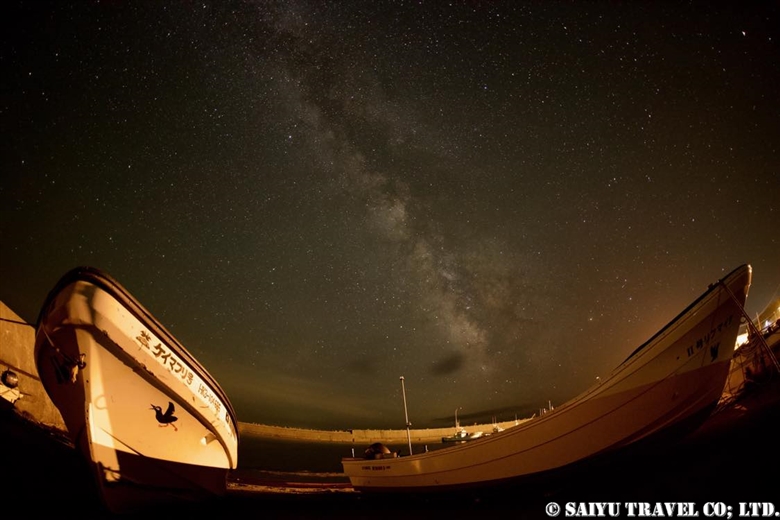
When you visit Teuri Island, please make sure to look up at the night sky before you leave.
Image & Text: Wataru HIMENO
★ Visit our web site of TEURI ISLAND.
★Contact us to make arrangements for photographing seabirds on Teuri Island and Wildlife of Japan.
★Wildlife videos are also available on Youtube – we have the playlist as well.
Tags: Sea birds, #teuriisland, Widlife of Hokkaido, #birdphotographyhokkaido, Birding in Japan, #longearedowl, Wildlife of Japan, Long-eared Owl, Birds of Hokkaido, Eurasian Woodcock, Japanese Mamushi Viper, Teuri Island, Japanese pit viper, Teuri, Mumushi, Saiyu Travel, Japanese tree frog, Bird photography in Japan, Bird photography




